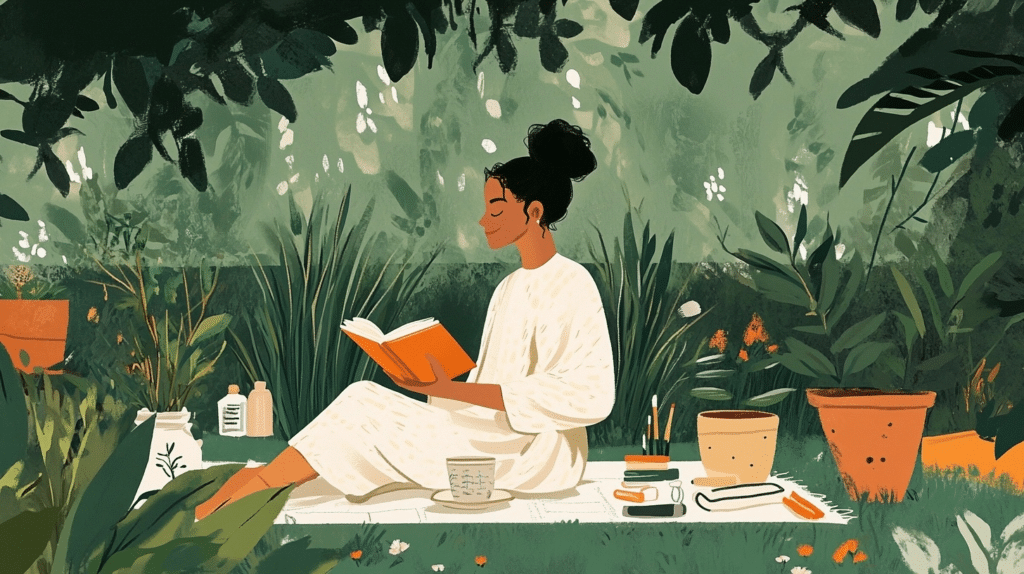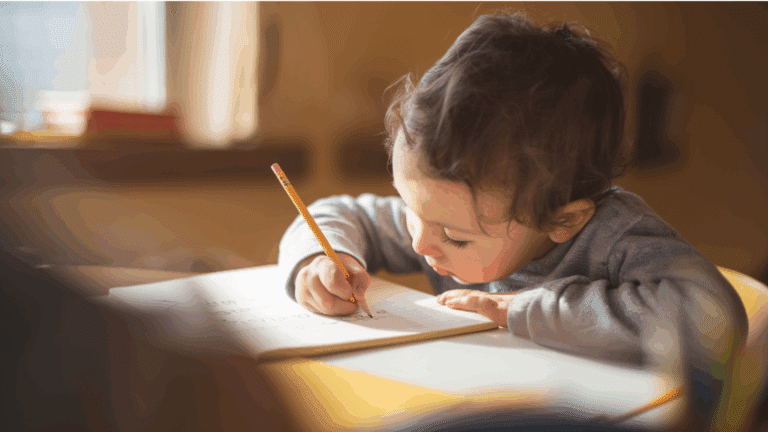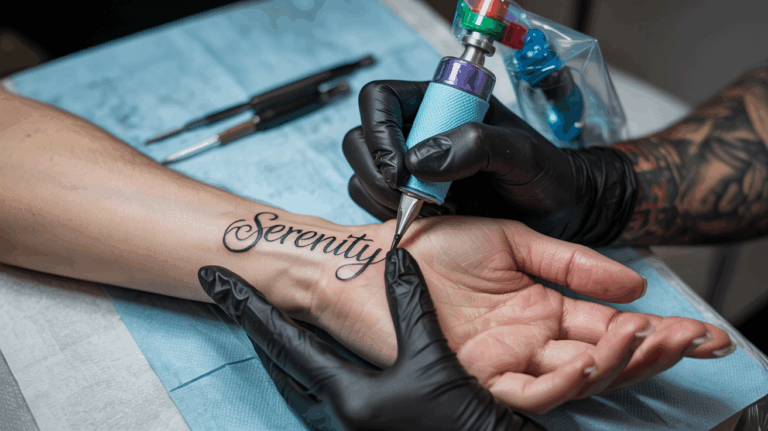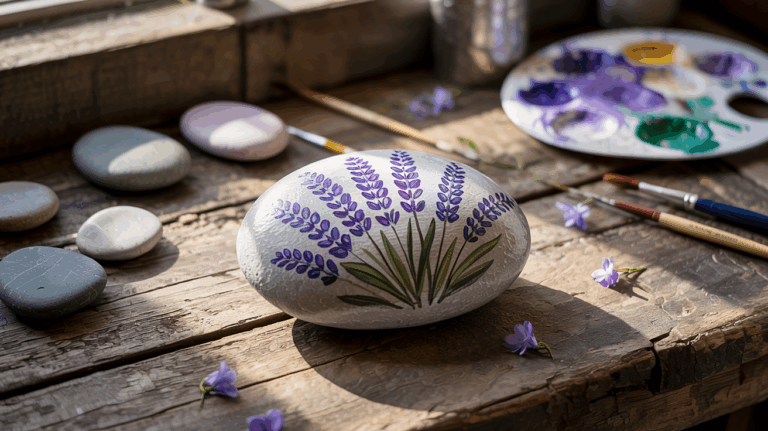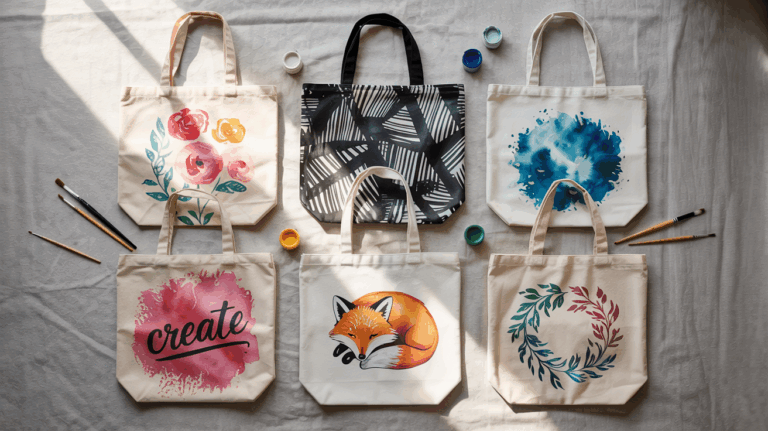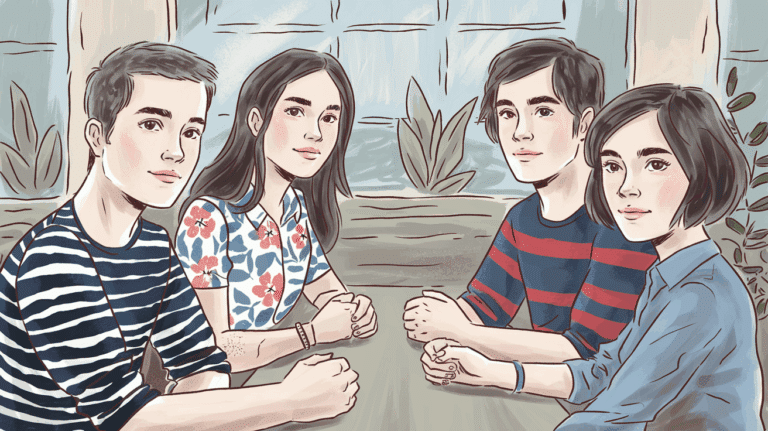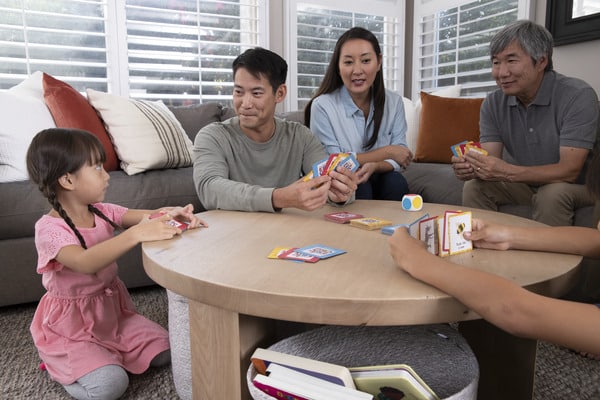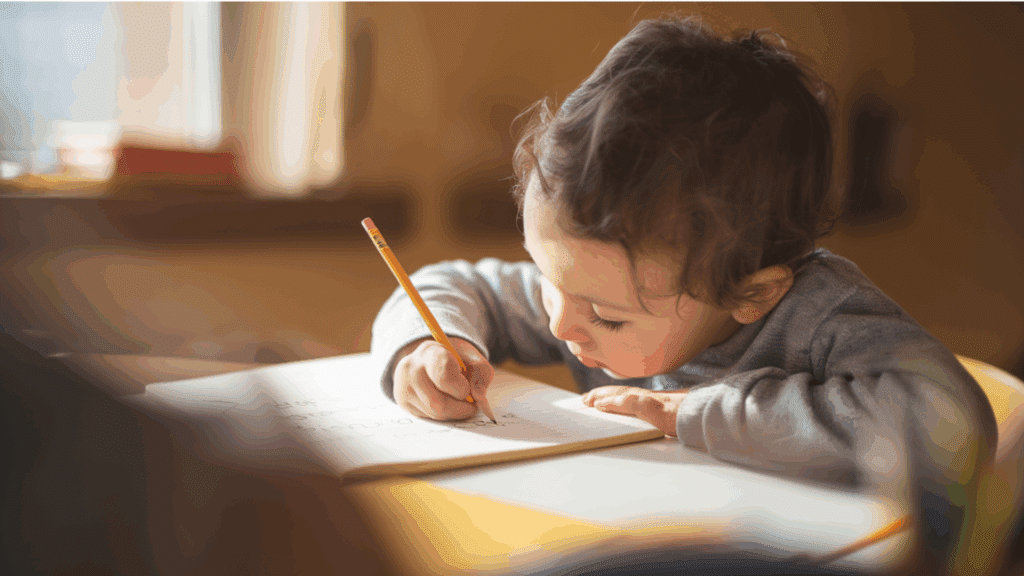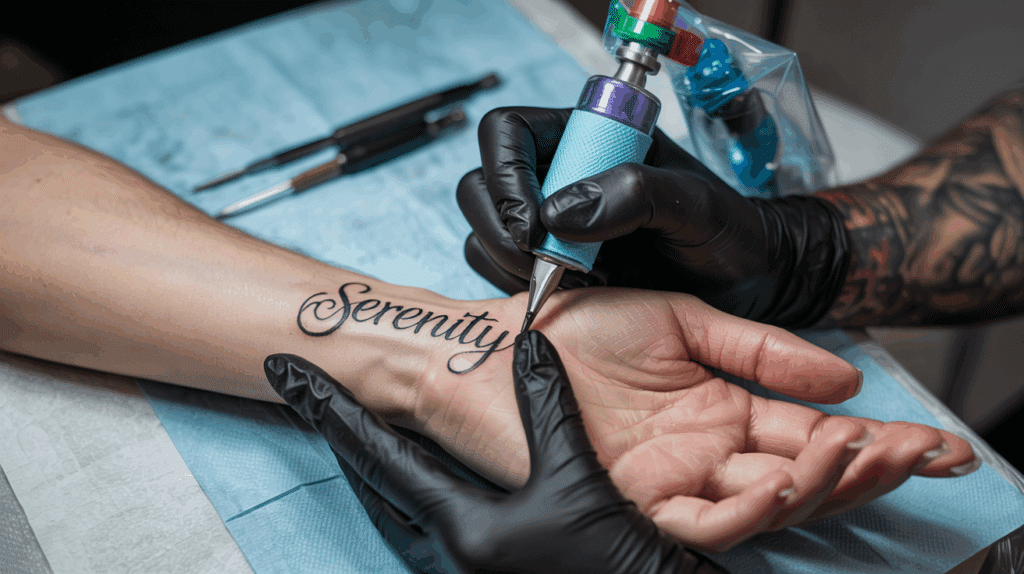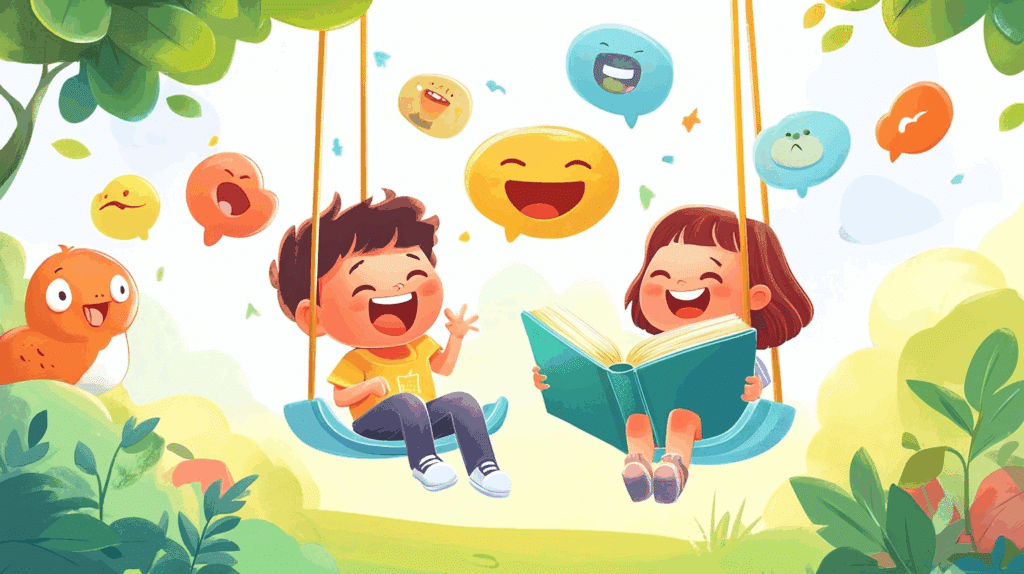Finding time for personal interests can be tough in today’s busy world.
Many women wish for activities that offer both joy and meaning but often struggle to find options that truly fit their lifestyles and interests.
A good hobby does more than just fill time—it brings happiness, reduces stress, and creates chances for personal growth. It can also open doors to new friendships with like-minded people.
This blog presents various hobby ideas for women of all ages and backgrounds.
These suggestions will help women find hobbies that match their unique personalities and schedules. The list of hobbies for women includes creative pursuits, outdoor activities, solo pastimes, and group experiences.
How Hobbies Can Help Women Connect and Grow
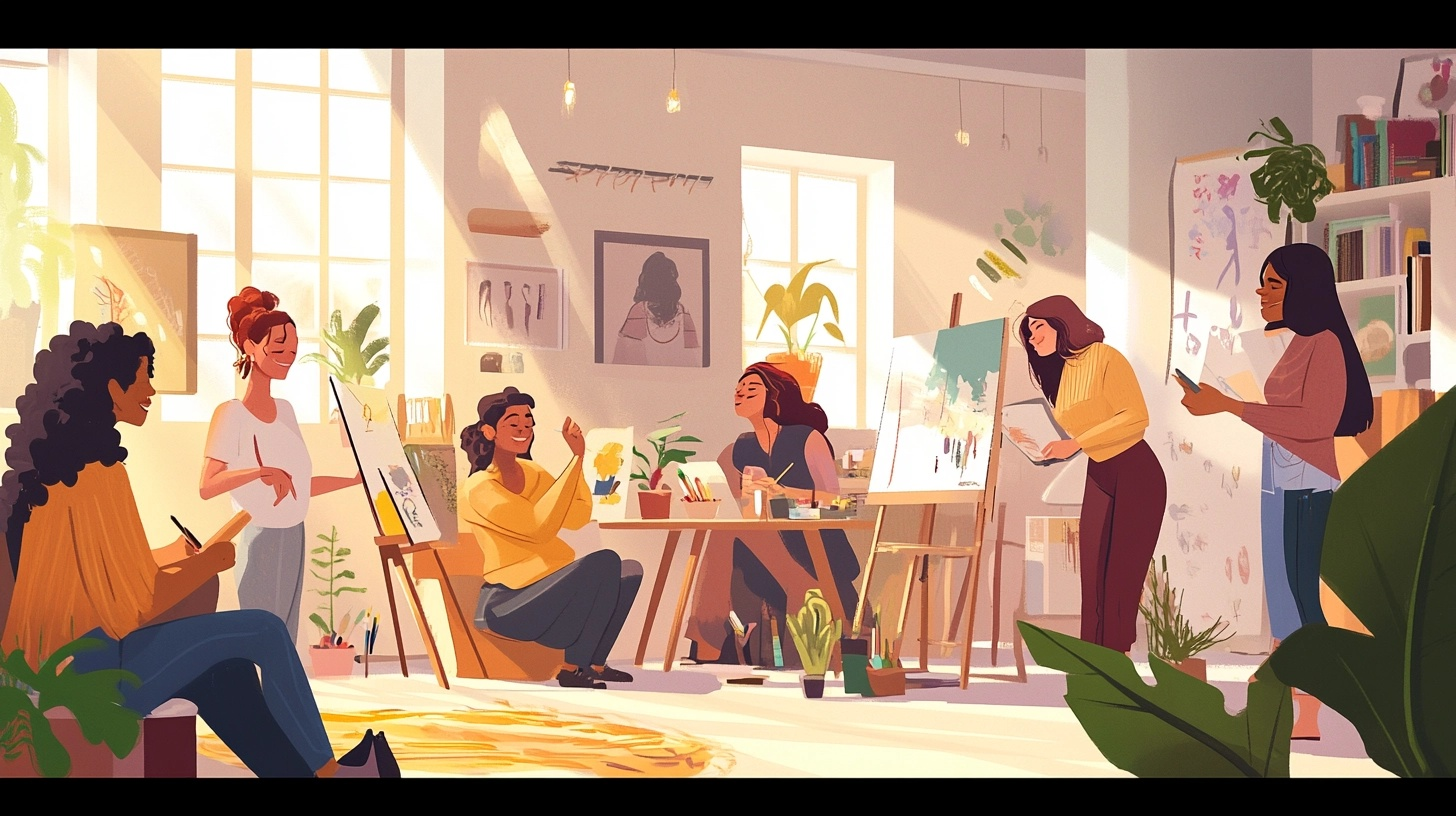
Life can get hectic, and sometimes, you need a way to hit pause and recharge. That’s where hobbies come in!
More than just a way to pass the time, hobbies help women connect with themselves, with others, and with new opportunities for personal growth.
Even if it’s painting, yoga, gardening, or even something wanderous like rock climbing, having a hobby allows you to express yourself, unwind, and ascertain new passions.
Hobbies are also a great way to build connections. Joining a book club, taking a dance class, or even engaging in online creative communities introduces you to like-minded people who share your interests.
It’s an easy way to make friends without the pressure—just pure fun and shared enthusiasm!
Beyond social connections, hobbies can boost confidence and mental well-being. Trying something new, learning a skill, or simply dedicating time to something you love brings a sense of accomplishment. It’s self-care in the best way possible!
Hobbies also play a key role in mental well-being. Activities like meditation, knitting, or playing an instrument can be incredibly calming, reducing anxiety and increasing mindfulness.
With a list of hobbies for women, there’s no shortage of ideas to consider. Even if you’re ascertaining a childhood passion or trying something new, hobbies are a simple yet powerful way to grow, connect, and recharge.
List of Creative Hobbies for Women to Boost Excitement
Looking for a fun and fulfilling way to spark creativity in your life? Even if you want to express yourself artistically, unwind after a busy day, or turn a passion into a side hustle, these creative hobbies will bring joy and excitement to your routine.
From hands-on crafts to digital arts, there’s something for everyone to explore. Let’s look into some inspiring hobbies that will ignite your creativity!
1. Painting
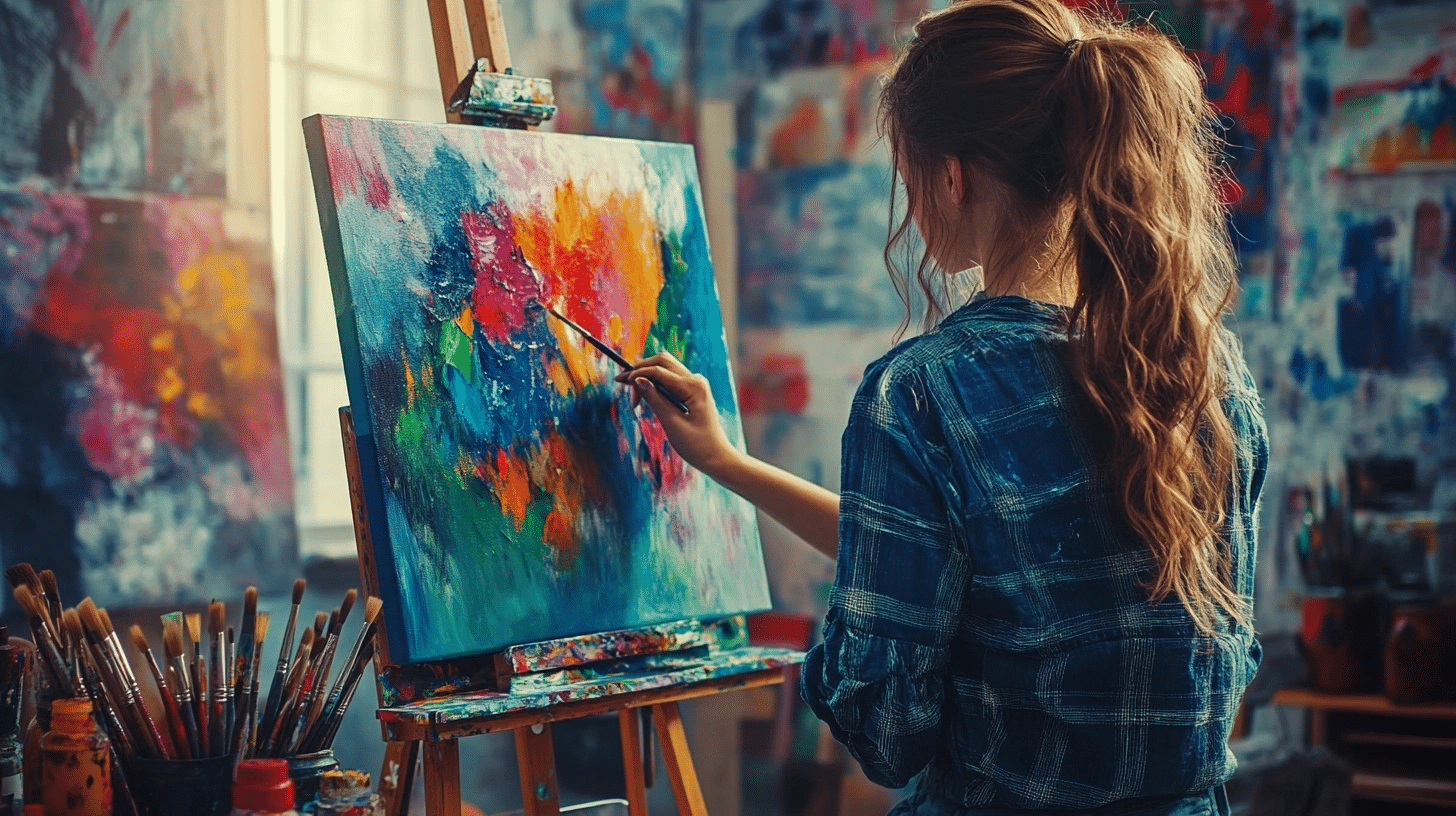
Painting is a classic form of self-expression that allows you to communicate emotions and ideas through color, texture, and form. Even if you’re a beginner or an experienced artist, it’s an limitless opportunity to Look into different styles and techniques.
How to Start:
- Invest in basic materials (canvas, brushes, paints).
- Start with simple shapes and use colors you feel drawn to.
- Look into tutorials online or take a beginner class.
Proven Approaches:
- Watercolor for light, transparent effects.
- Acrylics are for fast-drying and lively work. Oil painting for rich textures and depth.
2. Sketching
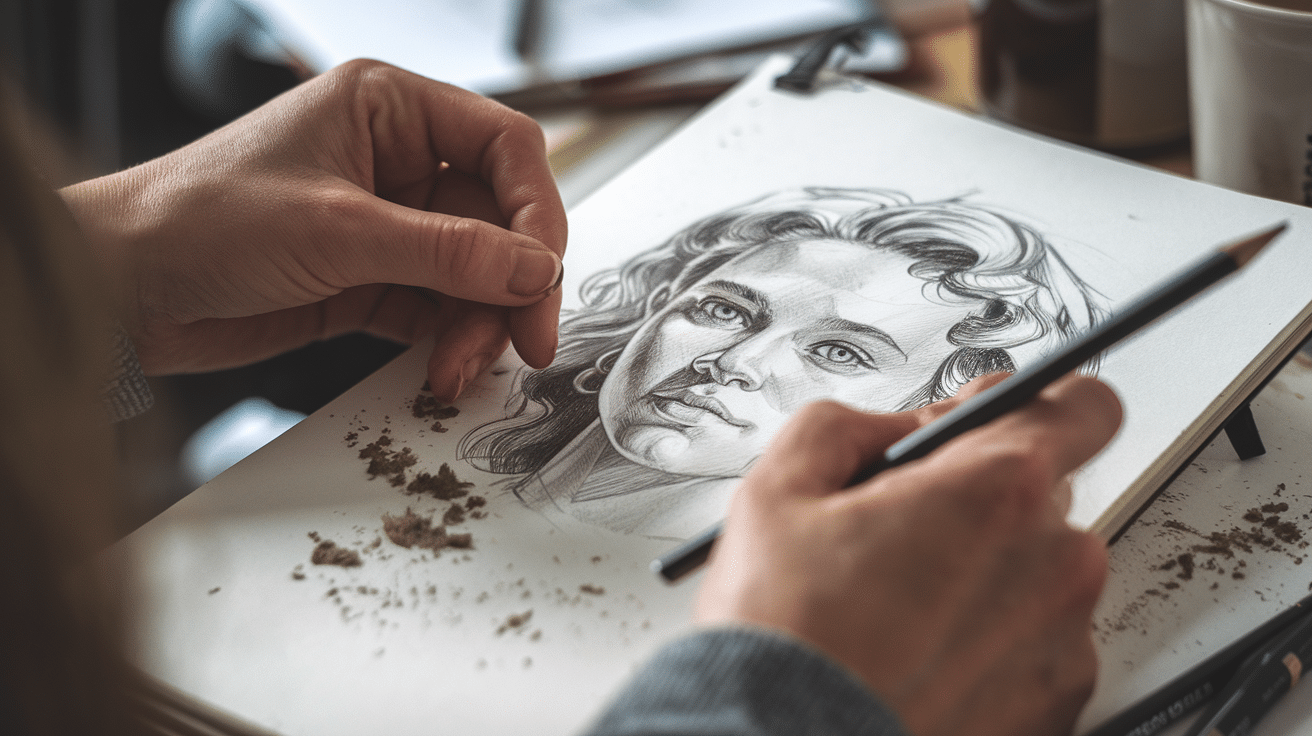
Sketching is a versatile art form that involves quickly drawing to capture the essence of a subject. It’s great for practicing observation, creativity, and fine motor skills.
How to Start:
- Get a sketchbook and a variety of pencils (ranging from soft to hard).
- Begin by drawing simple objects around you, such as fruit or plants. Practice daily to improve your lines, shading, and proportions.
Proven Approaches:
- Cross-hatching for detailed shading.
- Gesture drawing for quick, expressive sketches.
- Contour drawing to focus on the outline of objects.
3. Writing Poetry
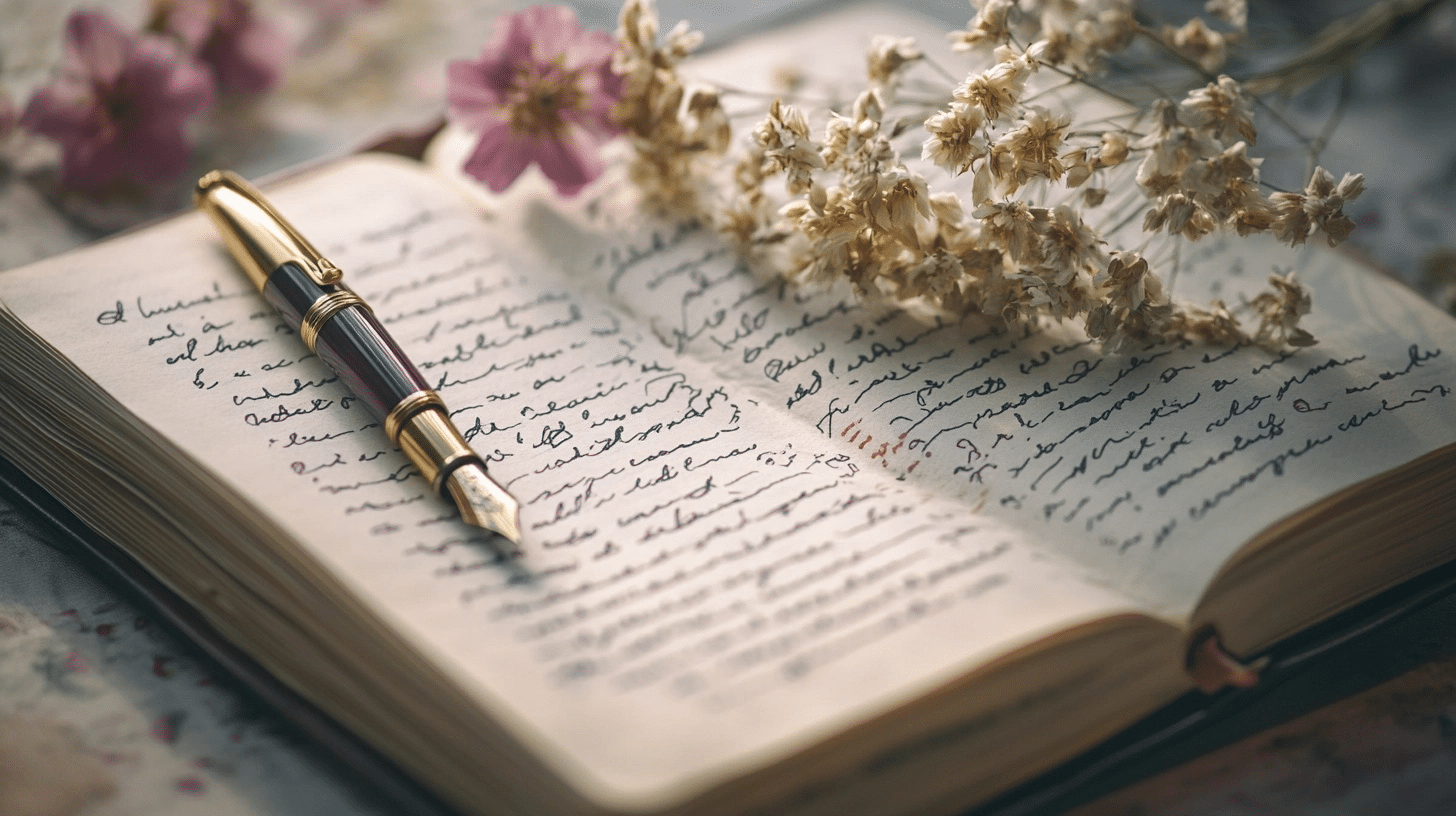
Poetry is a gorgeous way to express deep emotions, capture moments, or even tell stories through words. It challenges your creativity while allowing you to play with language and structure.
How to Start:
- Start by reading poems from various poets to understand different styles.
- Write freely without worrying about form or rhyme.
- Use nature, emotions, and experiences as your themes.
Proven Approaches:
- Free verse for no rhyme or meter, focusing on imagery and emotion.
- Haiku is for capturing fleeting moments in three lines. Rhymed poetry for structured, musical rhythms.
4. Journaling
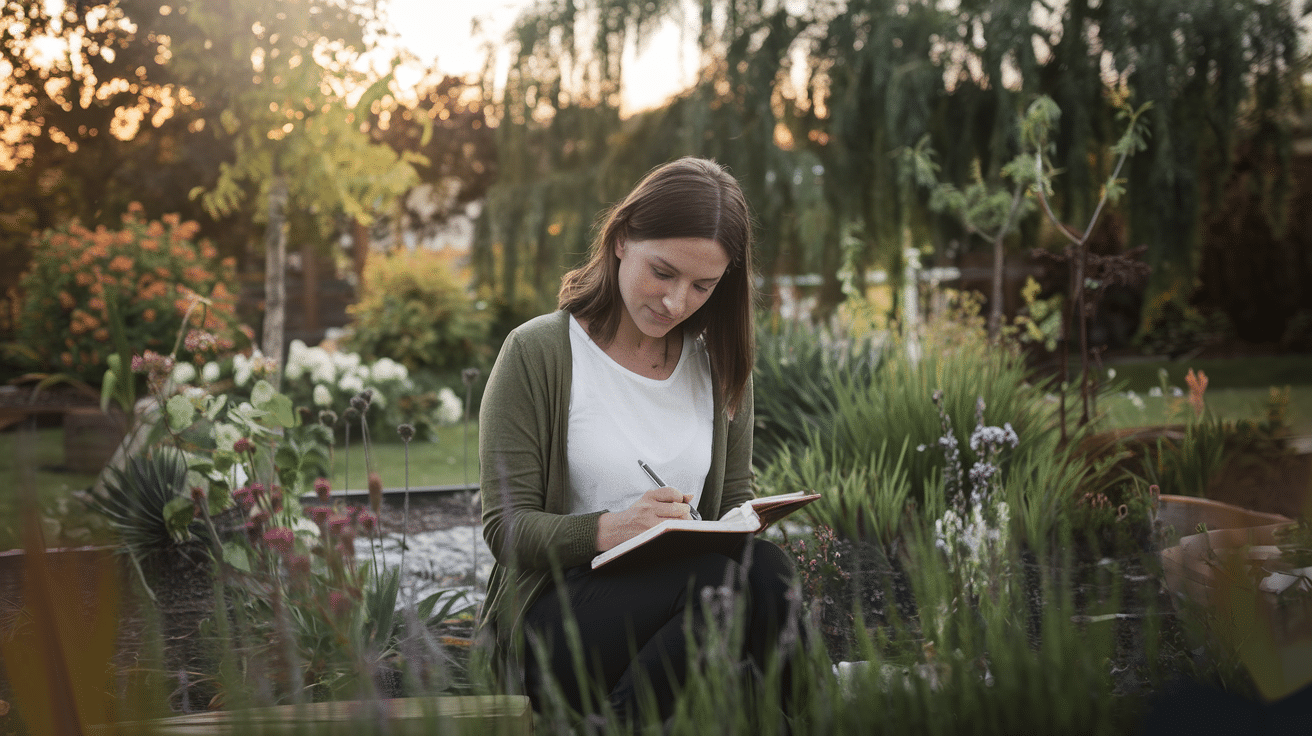
Journaling is a contemplation hobby that allows you to reflect on daily events, emotions, and ideas. It’s a great way to clear your mind and cultivate mindfulness.
How to Start:
- Choose a notebook or digital journaling platform that feels comfortable.
- Set a daily or weekly routine to write without judgment.
- Use prompts if you’re not sure where to begin.
Proven Approaches:
- Stream of consciousness writing to express thoughts freely.
- Bullet journaling for organizing tasks and creative reflections.
5. Playing an Instrument

Learning to play an instrument is a rewarding hobby that not only improves musical skills but also enhances brain function and emotional expression. It’s one of the most fun ways to communicate through sound.
How to Start:
- Choose an instrument that excites you (guitar, piano, violin, etc.).
- Start with basic lessons or online tutorials.
- Practice regularly and focus on simple songs initially.
Proven Approaches:
- Finger exercises for improving dexterity and strength.
- Reading music for understanding sheet music.
6. Singing

Singing is a powerful way to express emotions and connect with others. Even if you perform in a choir or simply sing in the shower, it’s a fun and accessible hobby.
How to Start:
- Find your vocal range and start with simple songs.
- Warm up your voice before singing to avoid strain.
- Consider vocal lessons to improve technique and breathing.
Proven Approaches:
- Breathing exercises to control your voice.
- Pitch practice using scales to improve accuracy.
7. Dancing
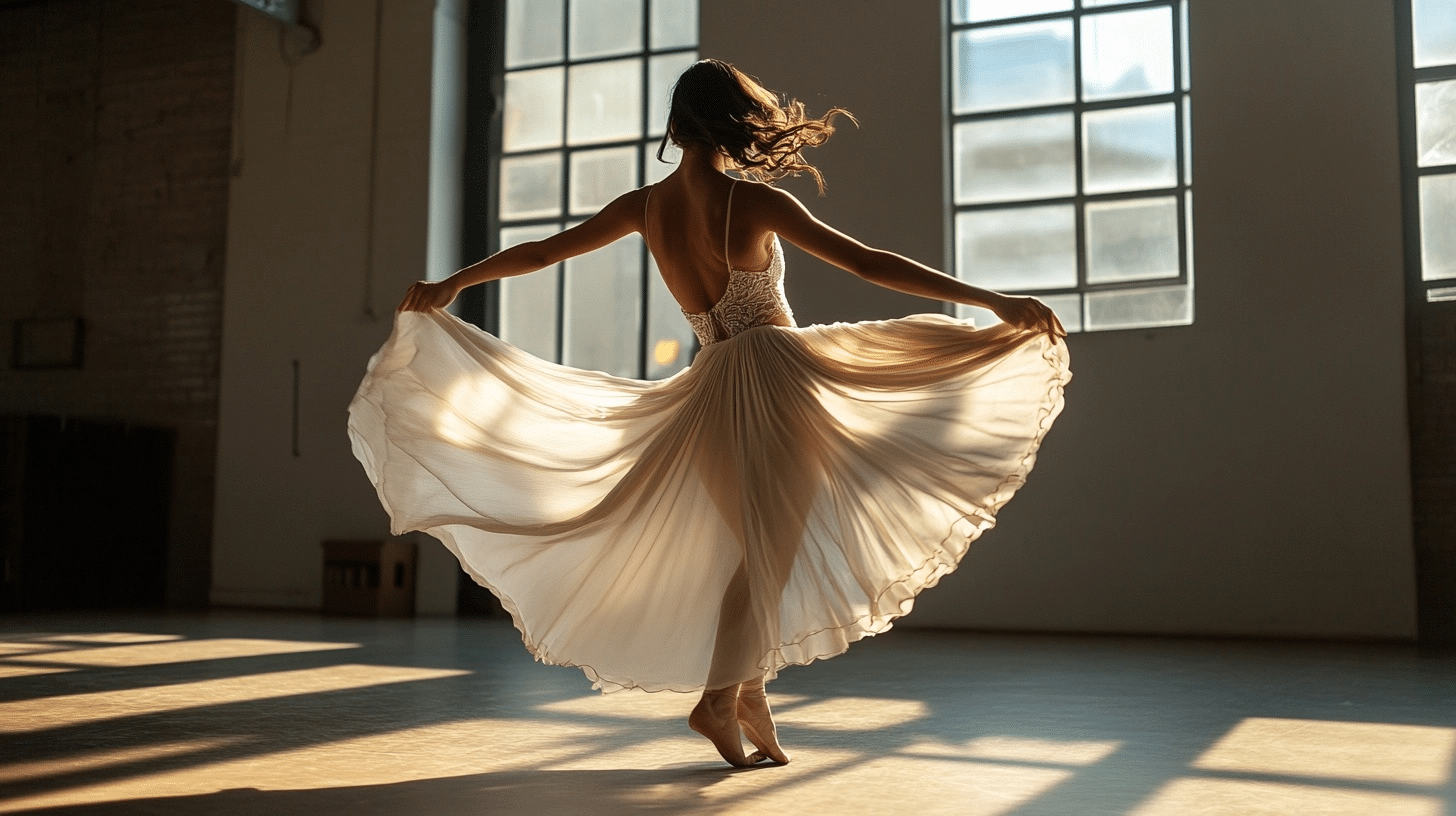
Dancing is a fun and expressive way to let loose and communicate through movement. From ballet to hip-hop, it’s a great form of fitness and emotional release.
How to Start:
- Pick a dance style that excites you (hip-hop, salsa, or contemporary).
- Join a class or find online tutorials for beginners.
- Practice basic steps and gradually build up to more complex moves.
Proven Approaches:
- Footwork practice for rhythm and coordination.
- Body isolation to control different parts of your body.
8. Photography

Photography allows you to capture moments and express your perspective on the world. It’s a powerful hobby that combines technical skill with artistic vision.
How to Start:
- Start with a basic camera or even a smartphone. Learn about composition, lighting, and angles.
- Experiment with different subjects, from portraits to landscapes.
Proven Approaches:
- Rule of thirds for balanced compositions.
- Manual settings to control exposure and focus.
- Long exposure for unique lighting effects.
9. Pottery
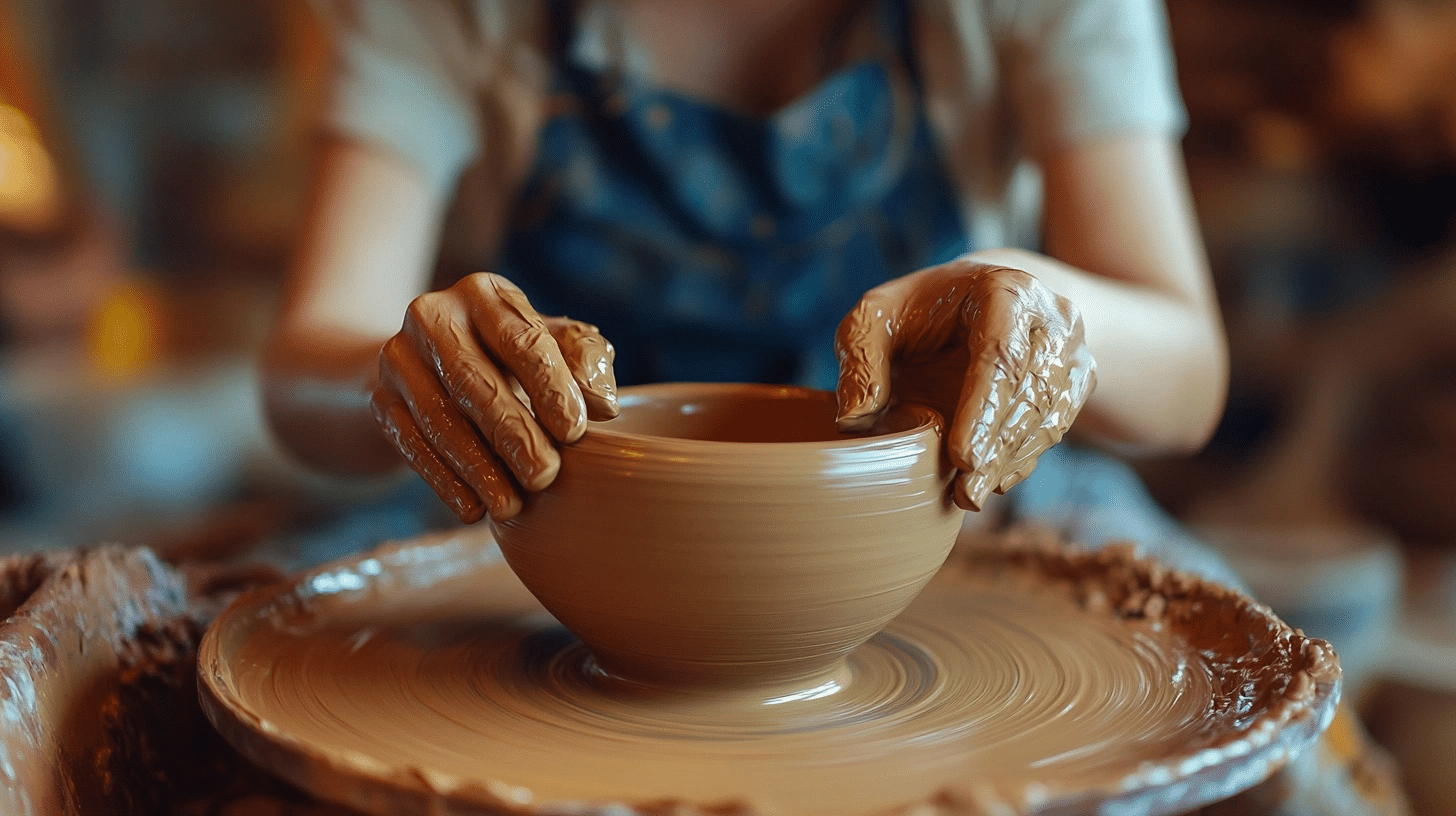
Pottery is an ancient craft that combines creativity and tactile expression. Working with clay to create bowls, cups, or sculptures is an incredibly satisfying hobby.
How to Start:
- Take a pottery class to learn the basics of working with clay.
- Start with simple hand-building techniques.
- Invest in basic tools, such as a wheel and clay.
Proven Approaches:
- Wheel throwing to create uniform shapes.
- Handbuilding for unique, custom designs.
10. Sculpture
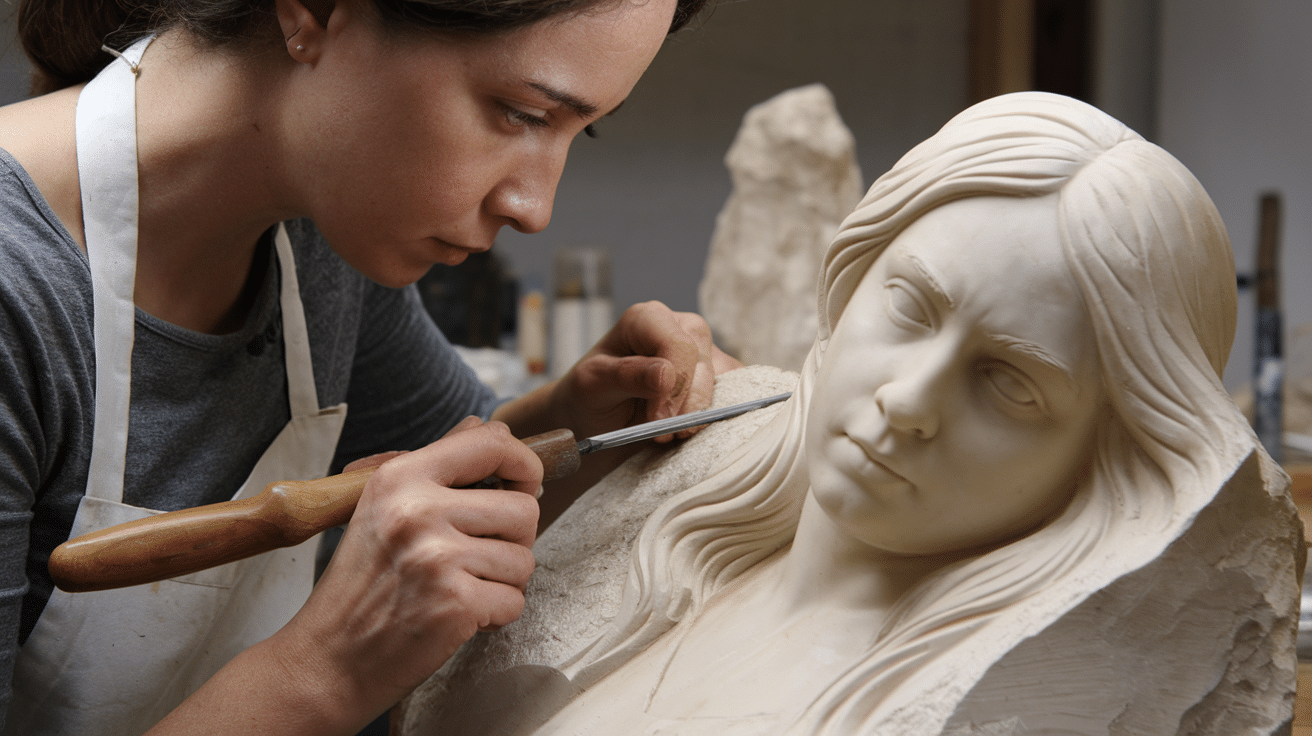
Sculpture is an art form that allows you to bring your ideas into the physical world by shaping materials like clay, stone, or metal. It’s a ongoing way to express yourself in three dimensions.
How to Start:
- Begin with a small clay or wire sculpture.
- Learn about different sculpting materials and tools.
- Focus on basic shapes and proportions before moving to more intricate designs.
Proven Approaches:
- Modeling clay for smooth, detailed work.
- Carving to create intricate details from solid materials.
- Casting to reproduce your sculptures in different materials.
11. Knitting
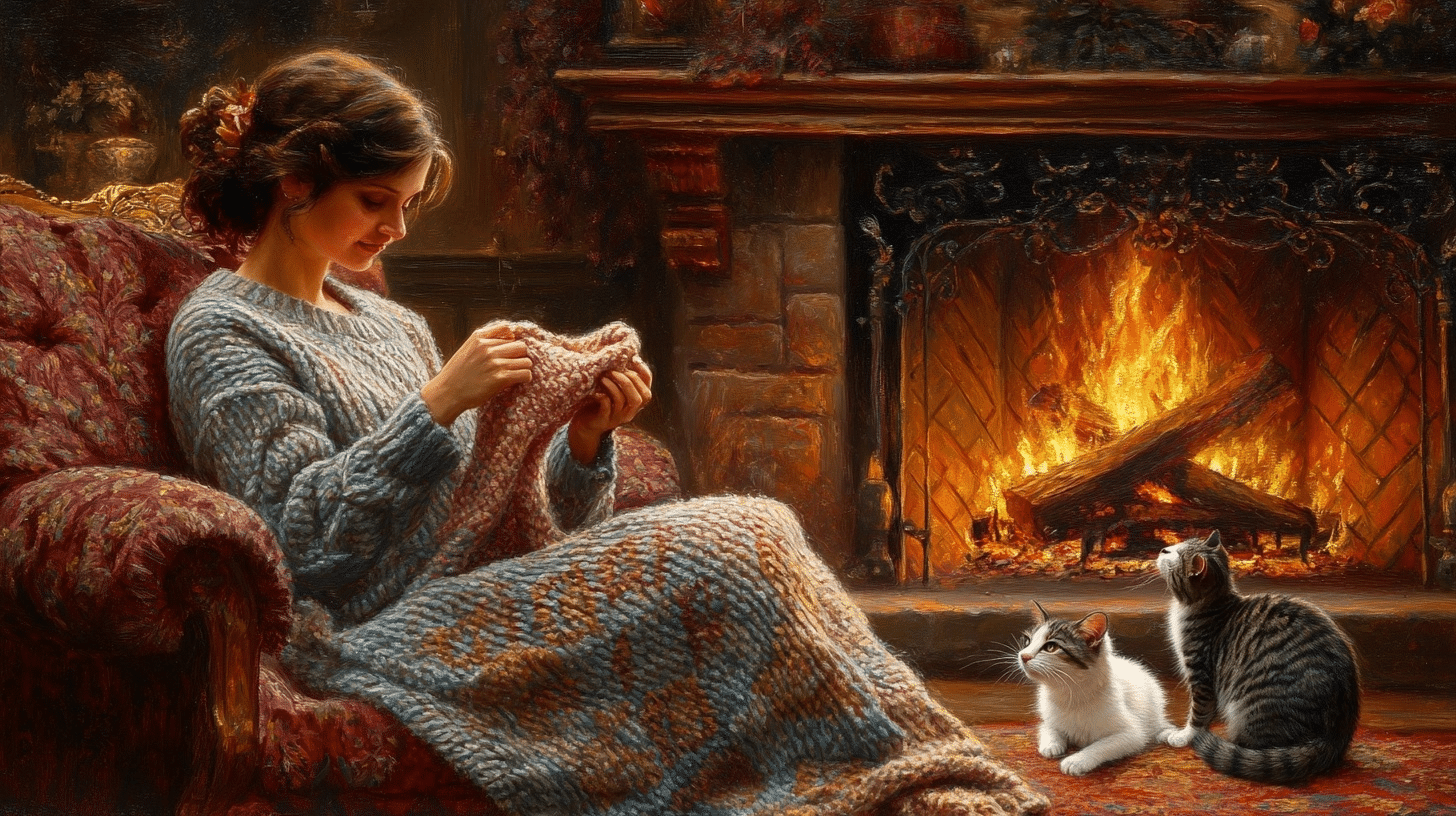
Knitting is a relaxing and creative hobby that allows you to make gorgeous garments and accessories using yarn and needles. It’s a great way to unwind while making practical and stylish pieces.
How to Start:
- Choose soft, medium-weight yarn and beginner-friendly needles.
- Start with a simple project like a scarf or dishcloth.
- Watch online tutorials or take a beginner knitting class.
Proven Approaches:
- Casting on for starting your knitting project.
- Knit stitch for creating a simple, stretchy fabric.
- Purl stitch to add texture and variation to your pieces.
- Binding off to finish your knitting project neatly.
12. Crocheting
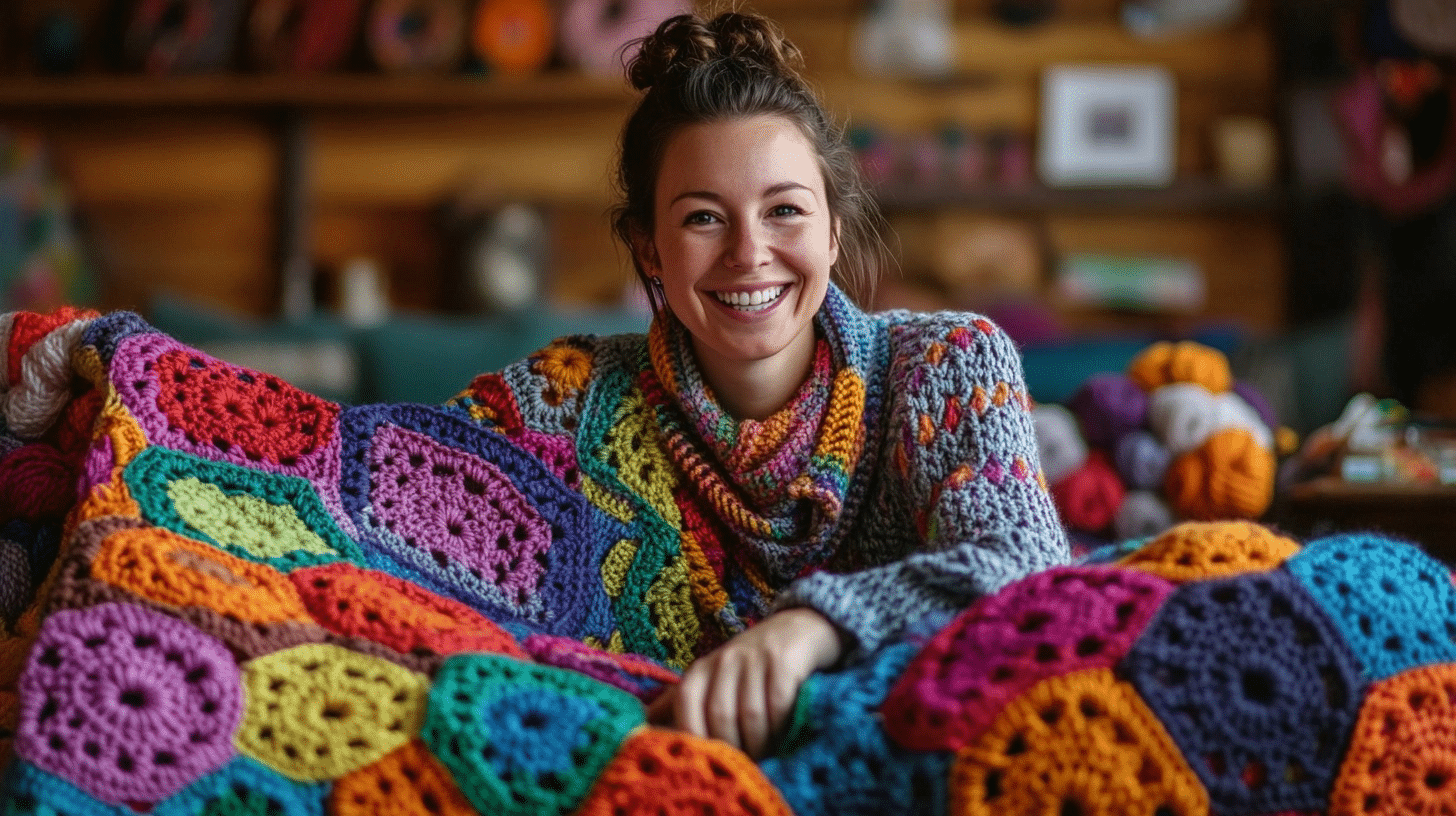
Crocheting involves using a hooked needle to create intricate patterns with yarn. It’s an accessible and versatile hobby for making everything from blankets to tiny stuffed animals.
How to Start:
- Grab a crochet hook (size H-8 is great for beginners) and some yarn.
- Learn basic stitches like chain stitch, slip stitch, and double crochet.
- Start with simple projects like a scarf or a granny square.
Proven Approaches:
- Chain stitch to create the foundation for most projects.
- Double crochet for faster, solid stitching. Slip stitch to join or finish projects smoothly.
- Increase/decrease for shaping your crochet projects.
13. Sewing
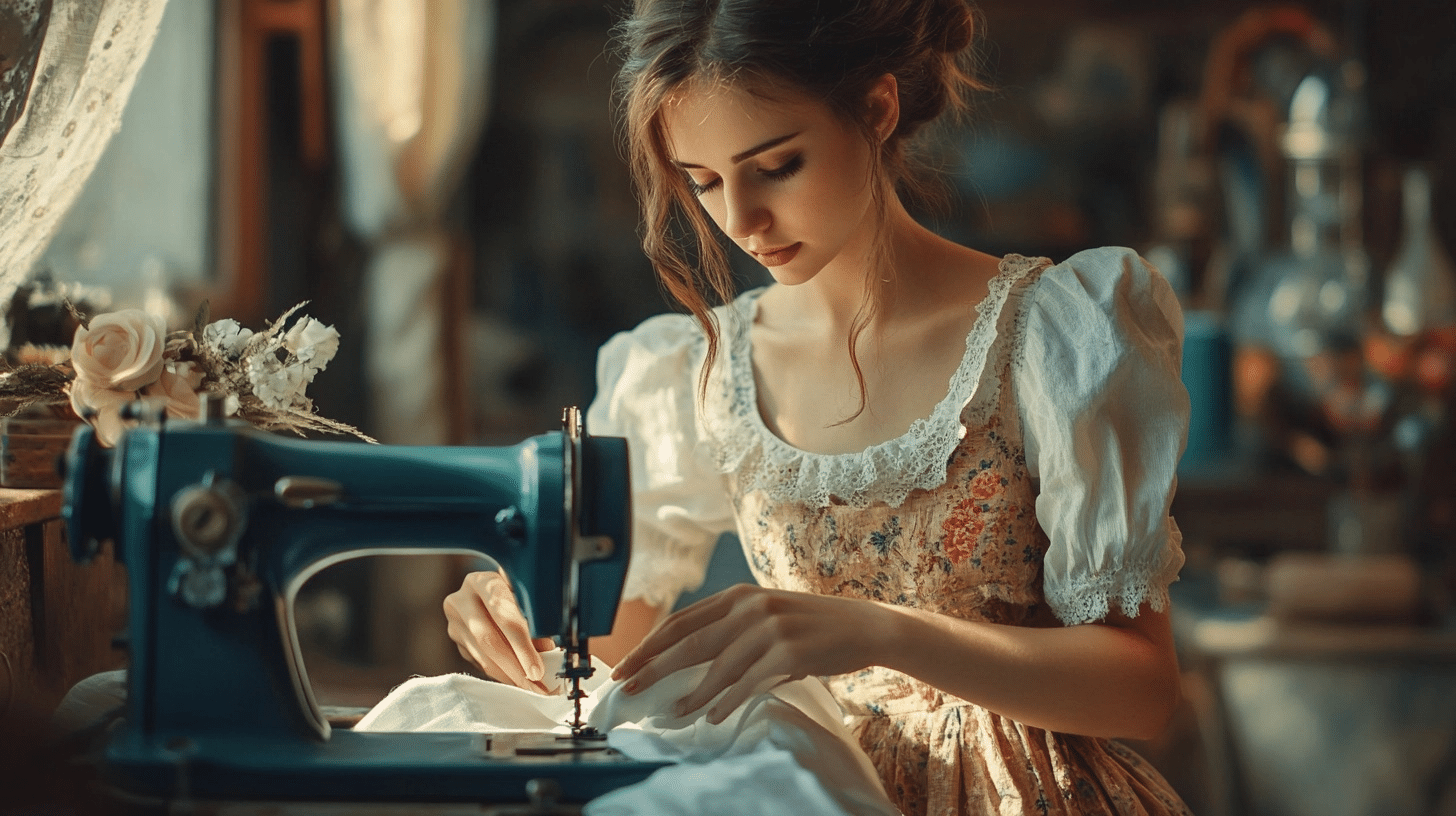
Sewing is a practical and creative hobby that allows you to create custom clothing, home décor, and accessories. It’s a great way to express style while making useful items.
How to Start:
- Get a basic sewing machine and start with easy projects like pillowcases or tote bags.
- Familiarize yourself with essential sewing tools (pins, fabric, needles, scissors).
- Learn to read a pattern to understand garment construction.
Proven Approaches:
- Straight stitching for basic seams and hems.
- Hand stitching for fragile finishing touches.
14. Embroidery
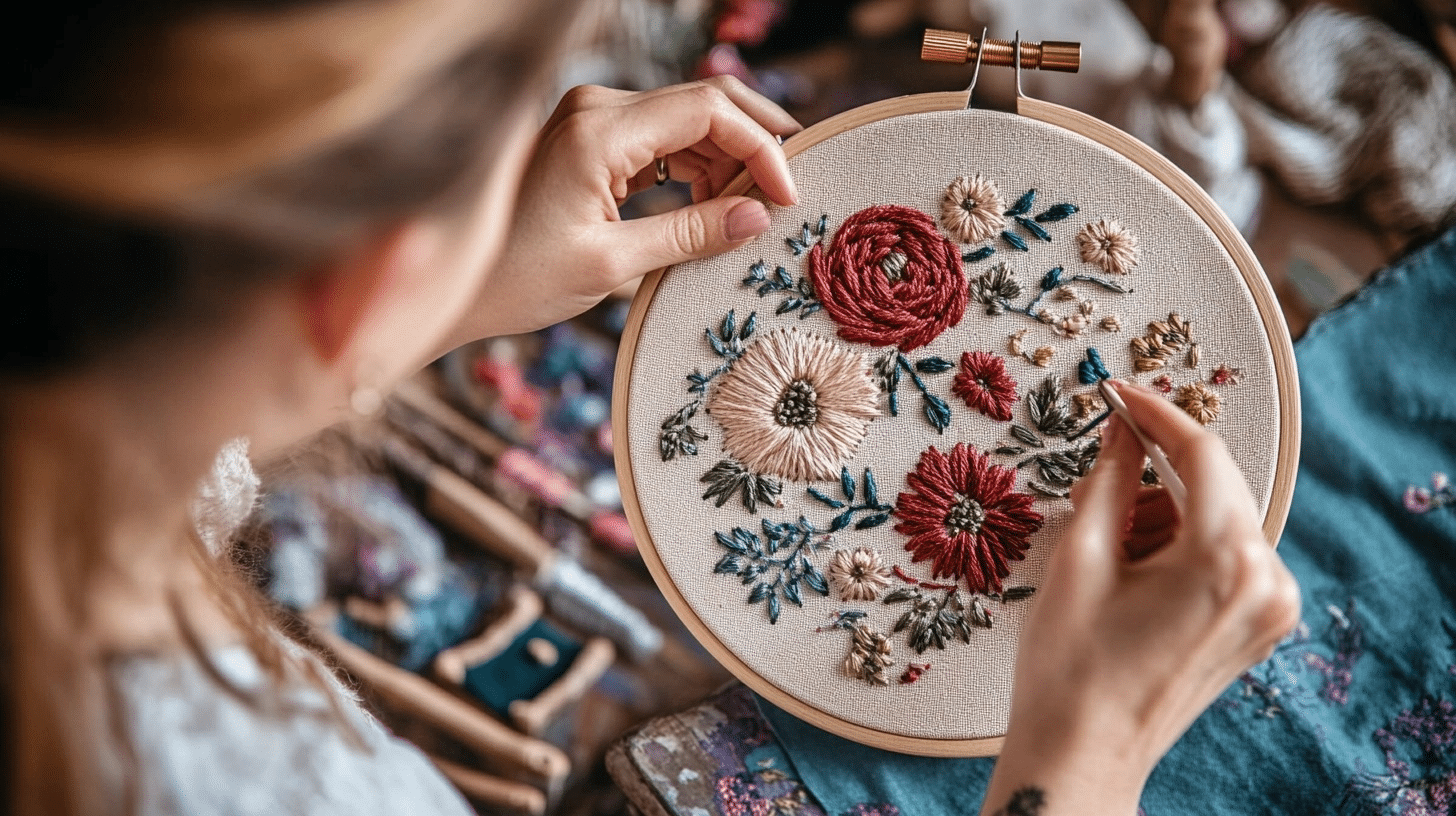
Embroidery is the art of decorating fabric with threads to create intricate designs. It’s a relaxing and meditative craft that allows you to personalize items like clothing, accessories, and home décor.
How to Start:
- Choose fabric, embroidery floss, and a needle.
- Start with simple stitches like the running stitch and backstitch.
- Follow online patterns or create your own design to stitch.
Proven Approaches:
- Backstitch for outlining shapes and designs.
- French knots for textured, 3D accents. Satin stitch for solid fills in designs.
15. Calligraphy
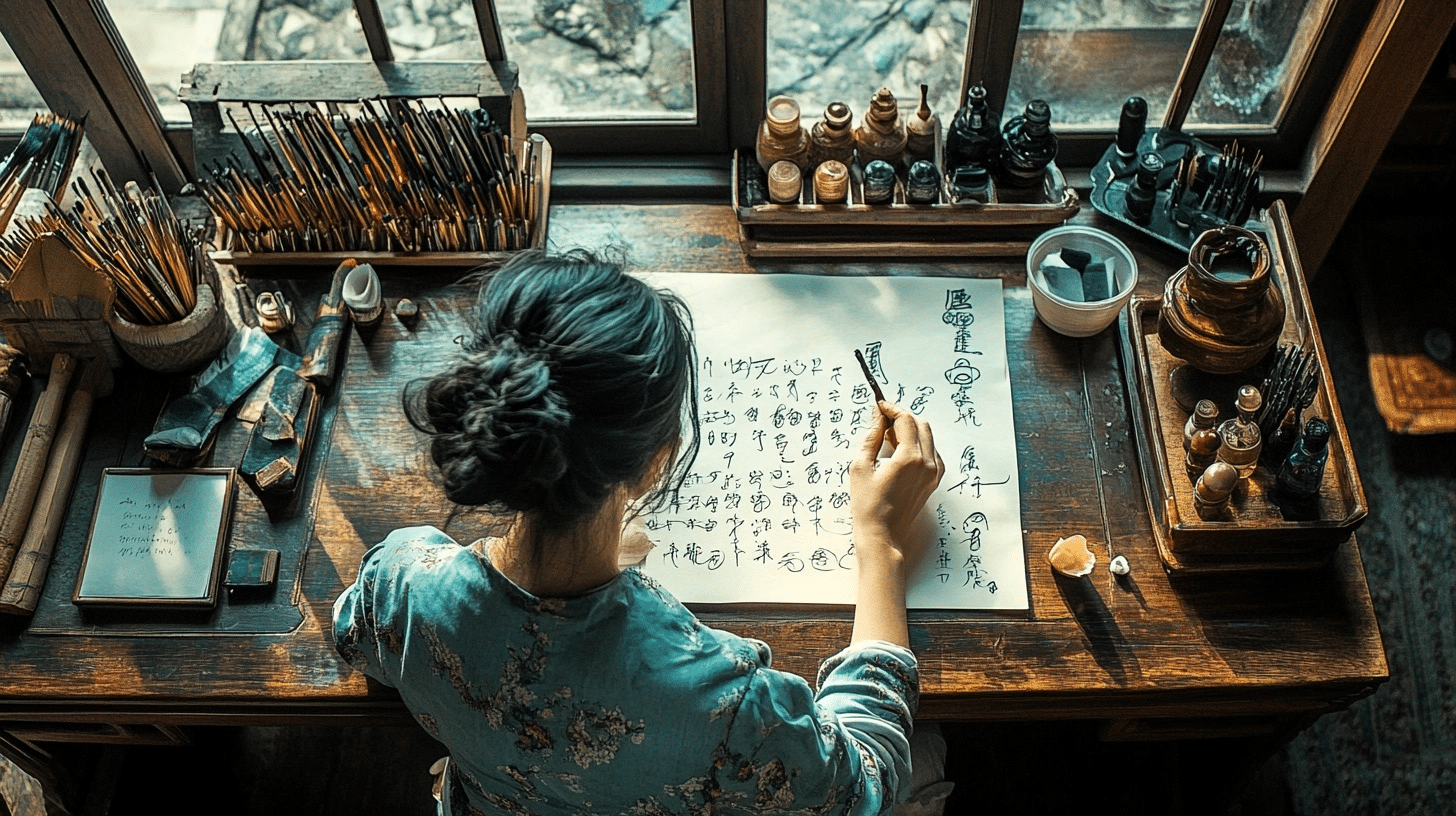
Calligraphy is the art of gorgeous handwriting. With its stylish and expressive forms, it can be used for invitations, décor, and even personal journaling.
How to Start:
- Get a calligraphy pen or markers to begin.
- Start with basic strokes and learn the alphabet.
- Practice with lined paper to ensure consistent letter height and spacing.
Proven Approaches:
- Upstrokes and downstrokes to understand letter structure.
- Brush calligraphy for fluid, modern lettering—copperplate script for traditional, ornate writing.
16. Graphic Design
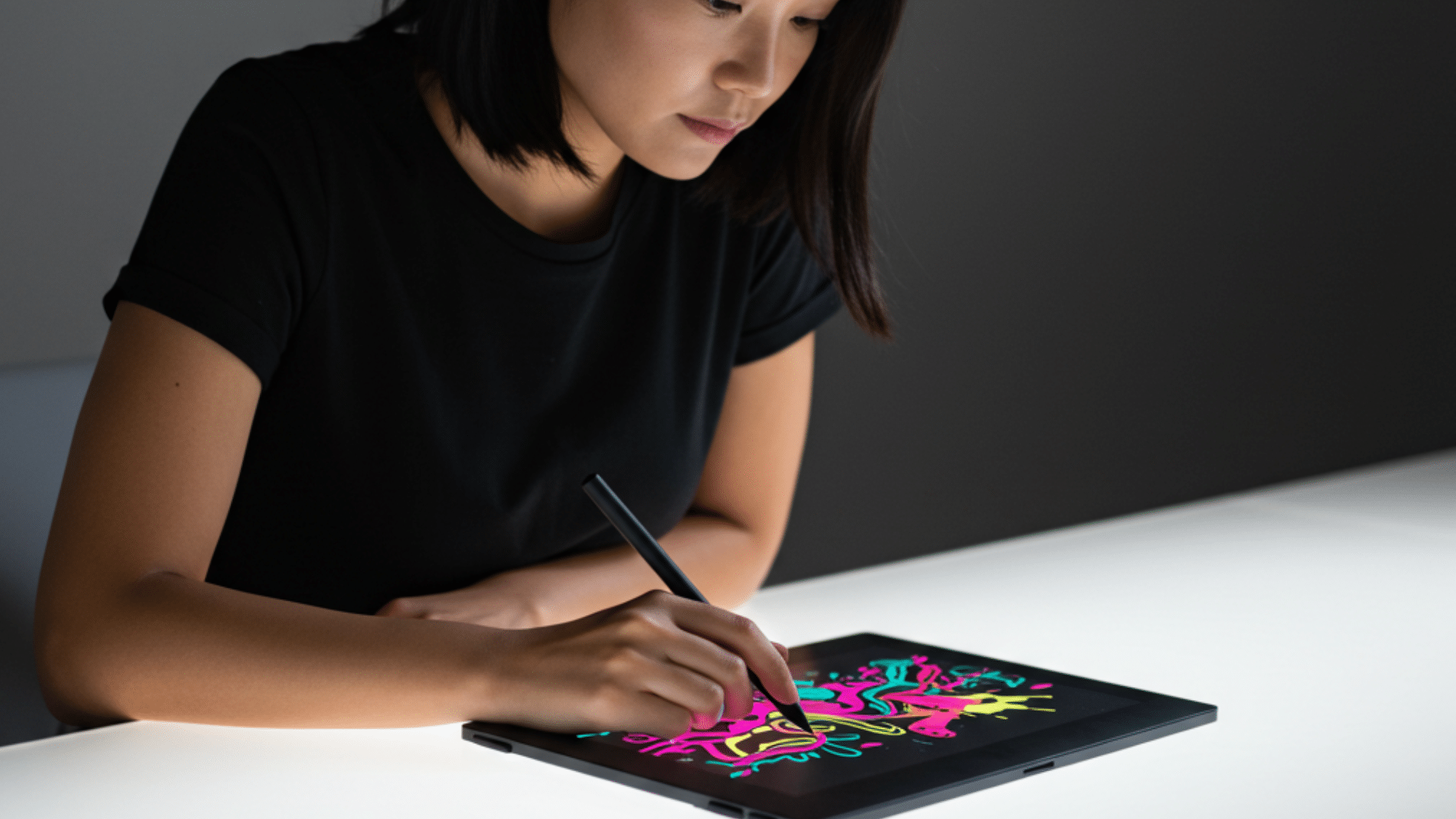
Graphic design is the digital art of creating visuals for print or digital media. It’s a powerful way to express creativity and communicate messages through design.
How to Start:
- Download design software like Adobe Illustrator or Canva.
- Learn the basics of layout, typography, and color theory.
- Start by creating simple designs like posters or logos.
Proven Approaches:
- Typography for creating visually appealing text layouts.
- Vector graphics for crisp and scalable images.
- Color theory to understand how colors work together.
- Layering for creating depth and dimension in designs.
17. Digital Art
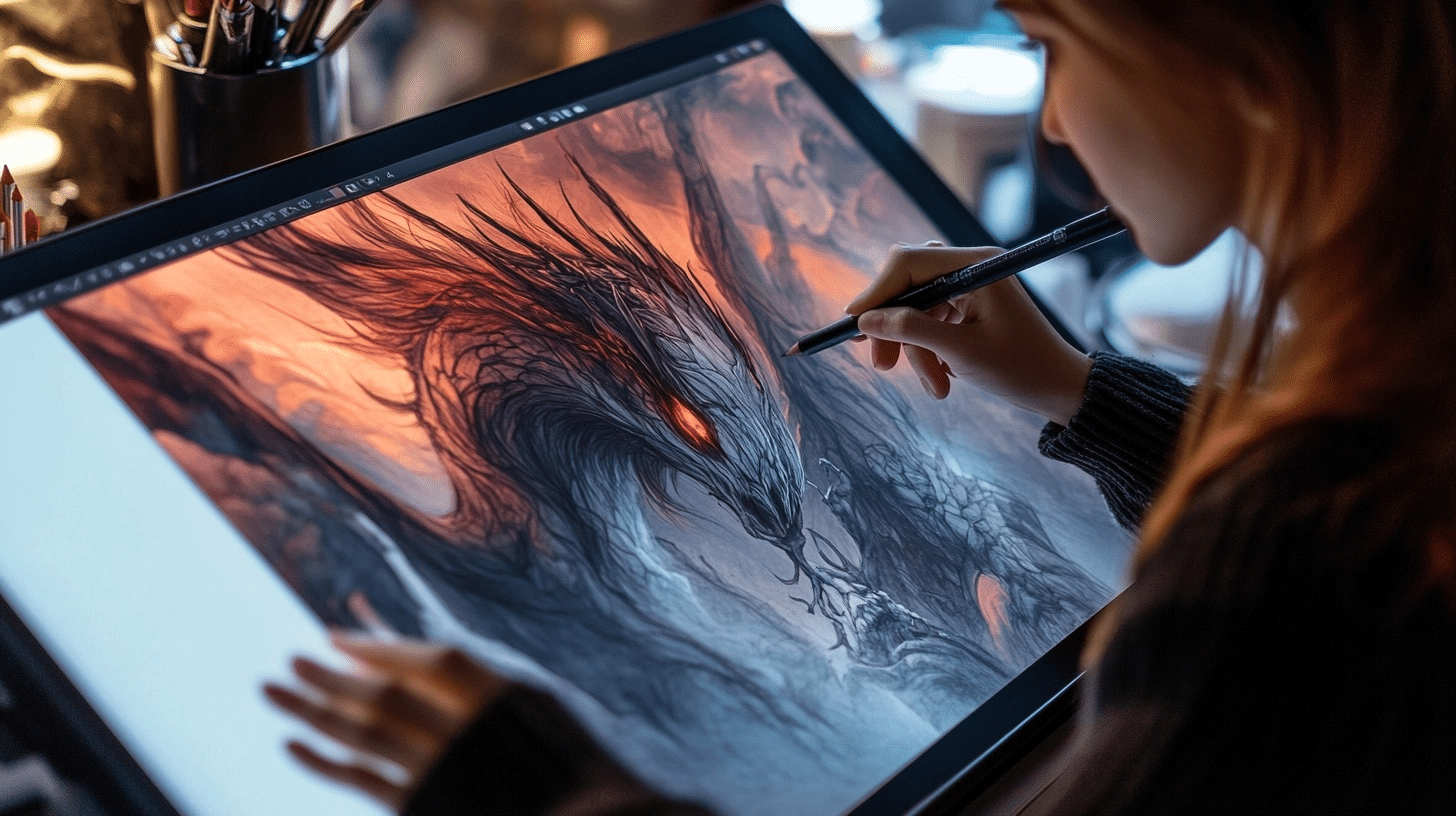
Digital art involves using a computer or tablet to create art, giving you flexibility and access to a variety of tools and techniques. It’s a great way to experiment with color, texture, and design without the limits of physical media.
How to Start:
- Choose a digital drawing tablet and install software like Procreate or Adobe Photoshop.
- Start by practicing basic shapes and brushes.
- Look into online tutorials to learn techniques for digital painting and illustration.
Proven Approaches:
- Brush settings to create textures and effects.
- Blending modes for unique color effects and transitions Use of shortcuts to speed up your workflow.
18. Mixed-Media Art
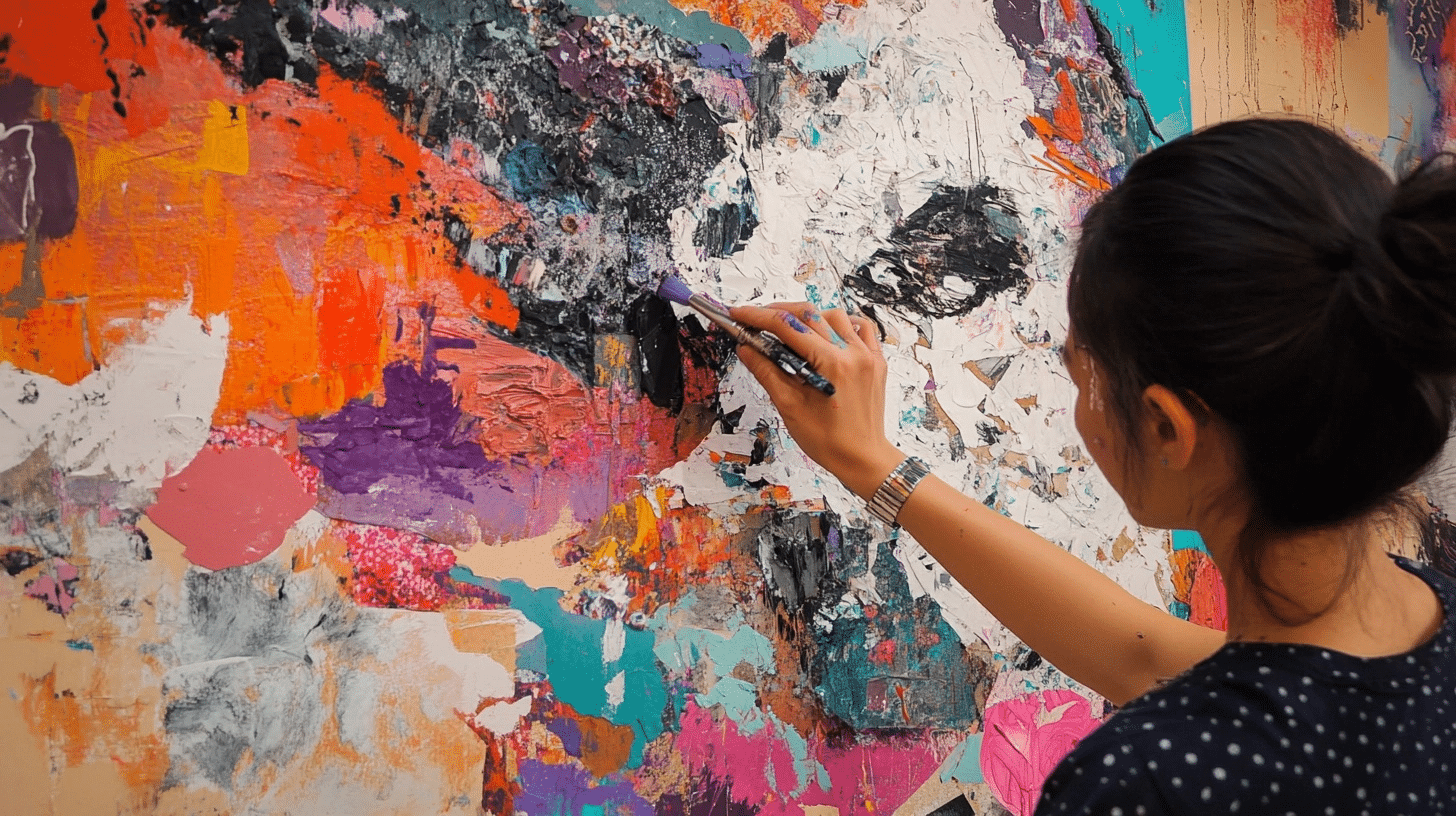
Mixed-media art combines various materials like paint, fabric, paper, and more into a single piece of artwork. It’s an expressive and experimental art form that encourages creative freedom.
How to Start:
- Collect different materials like magazines, fabric, paint, and glue.
- Start by creating a collage or textured piece.
- Experiment with how different materials work together.
Proven Approaches:
- Layering materials to build depth in your artwork.
- Collage to combine different textures and elements.
- Stitching for adding texture and pattern to a piece.
- Use textural mediums like gesso or modeling paste for added depth.
19. Acting

Acting is a powerful form of self-expression that involves portraying a character or story through voice, body, and emotion. It’s an essential skill in theater, film, and improv performances.
How to Start:
- Join an acting class or community theater group.
- Start with small scenes or monologues.
- Study famous actors and performances to learn different techniques.
Proven Approaches:
- Voice control for projection and emotional range.
- Method acting for deep emotional connection to a role.
- Improvisation for quick thinking and adapting to scenes.
- Physicality to embody your character’s movements and mannerisms.
20. Stand-up Comedy

Stand-up comedy is a form of live performance where a comedian tells jokes or stories to entertain an audience. It’s a great way to express humor and connect with others.
How to Start:
- Write and perform your material.
- Attend open mic nights to test your comedy in front of an audience.
- Study successful comedians and analyze their timing and delivery.
Proven Approaches:
- Timing for delivering punchlines effectively.
- Observational humor is based on everyday life.
- Storytelling to capture the audience and build humor.
- Audience interaction for improvisation and spontaneity.
21. Writing Short Stories

Writing short stories is an excellent way to express creativity and Look into various themes, characters, and plot structures. It’s an ideal way for beginners to practice writing in a manageable form.
How to Start:
- Set a word limit to help keep your story focused.
- Choose a theme or idea that excites you.
- Develop characters and a basic plot outline before writing.
Proven Approaches:
- Conflict and resolution for a compelling narrative.
- Character development to create engaging, multi-dimensional figures.
- Descriptive language to set scenes and evoke emotion.
- Pacing to control the flow of events in your story.
22. Vlogging

Vlogging is the act of creating video content to document your life, experiences, opinions, or topics you’re passionate about. It’s an engaging and modern way to share your story and connect with an audience through visual storytelling.
How to Start:
- Choose a platform to upload your vlogs (YouTube, Instagram, TikTok).
- Invest in basic equipment like a camera or smartphone, and a tripod for stable shots.
- Start with simple topics or daily life events and build your confidence in front of the camera.
Best Techniques:
- Engaging storytelling to capture the audience’s attention and keep them interested.
- Editing skills to trim unnecessary footage, add music, and create smooth transitions.
- Consistency for posting regularly to build an audience and engagement.
- Lighting to ensure your videos are well-lit, making them visually inviting and clear.
23. Creating Podcasts

Creating a podcast involves recording audio content that covers topics of interest and sharing it online. It’s a great way to connect with an audience and build a community around your passions.
How to Start:
- Choose a podcasting platform like Anchor or Spotify.
- Plan your podcast format and content, Even if it’s interviews, solo commentary, or storytelling.
- Invest in a microphone and editing software to ensure good audio quality.
Proven Approaches:
- Scriptwriting for a structured and engaging flow.
- Sound editing to improve clarity and remove distractions.
- Interviewing techniques to get the best insights from guests.
- Consistency for building an audience over time.
24. Writing Songs
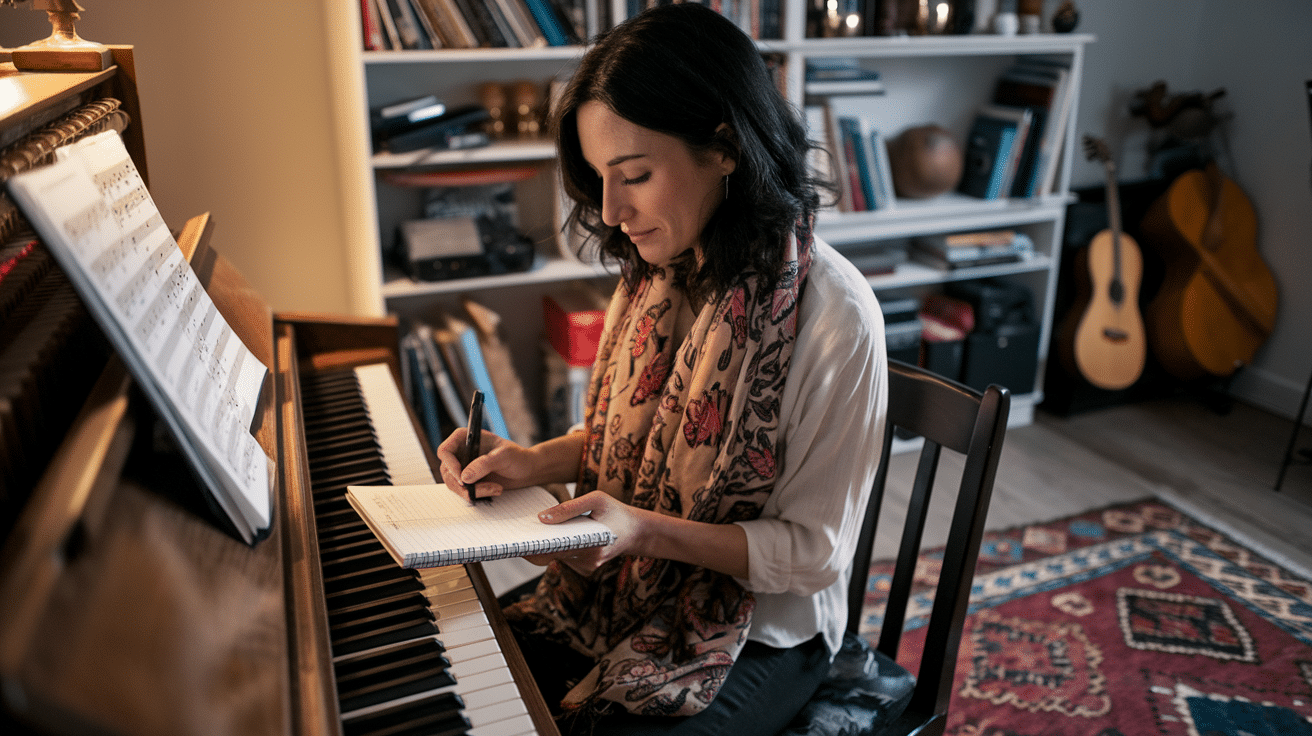
Songwriting is the process of creating music and lyrics that express emotions, tell stories, or communicate ideas. It’s a great creative outlet for those passionate about music and storytelling.
How to Start:
- Choose an instrument to write your songs (guitar, piano, etc.).
- Start with a melody or a lyrical idea that reverberates with you.
- Write your first song using simple chords or a basic song structure.
Proven Approaches:
- Song structure for creating verses, choruses, and bridges.
- Rhyming schemes to create catchy lyrics.
- Hooks for memorable and repeatable song phrases.
- Emotional lyrics for connection with your audience.
25. Filmmaking
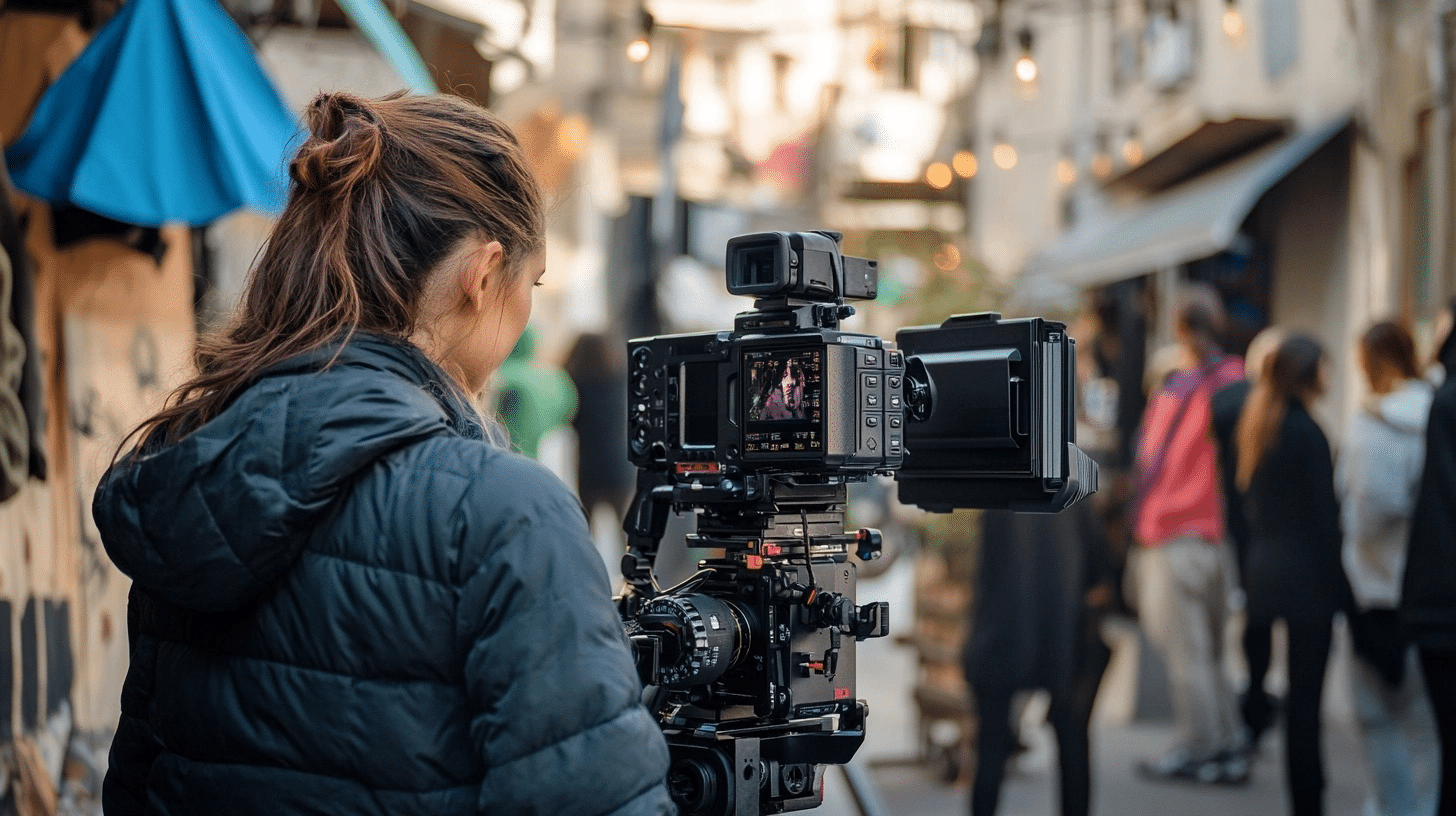
Filmmaking is the art of creating movies or videos to tell stories, convey messages, or document real-life events. It’s an exciting and collaborative process that combines visual creativity with technical skills.
How to Start:
- Invest in a camera and editing software, or use a smartphone to get started.
- Write a simple script or storyboard for your first project.
- Learn basic filming techniques such as shot composition and camera angles.
Proven Approaches:
- Lighting for creating mood and depth in your shots.
- Storyboarding to plan each scene and shot for smooth production.
26. Animation

Animation is the process of creating moving images by rapidly displaying a sequence of static images. It can be done using various techniques like stop-motion or computer-generated imagery (CGI).
How to Start:
- Choose your animation medium (2D, 3D, stop-motion).
- Use software like Adobe Animate or Blender to begin creating.
- Start by animating simple objects or characters to grasp basic movements.
Proven Approaches:
- Keyframing for controlling motion over time.
- Squash and stretch for making animations more ongoing and lively.
27. Scrapbooking
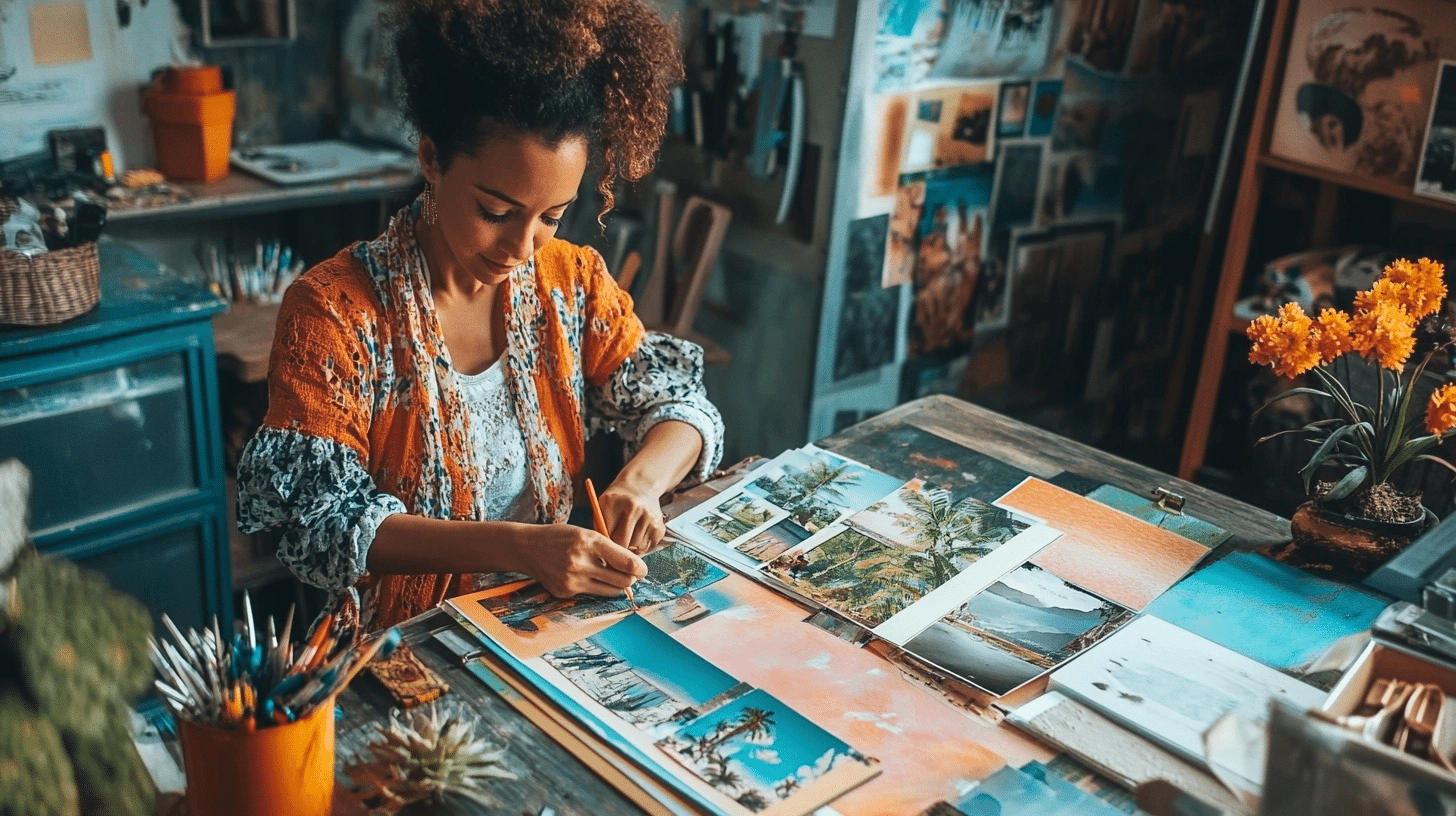
Scrapbooking is a creative way to preserve memories and tell stories through photos, decorations, and journaling. It’s a fun and personal hobby that allows you to create custom keepsakes.
How to Start:
- Collect photos, mementos, and decorative paper.
- Choose a theme for your scrapbook, like family vacations or milestones.
- Gather tools like scissors, glue, and embellishments.
Proven Approaches:
- Layering to create depth and interest in your pages.
- Color coordination to ensure your scrapbook looks cohesive and organized.
28. Origami
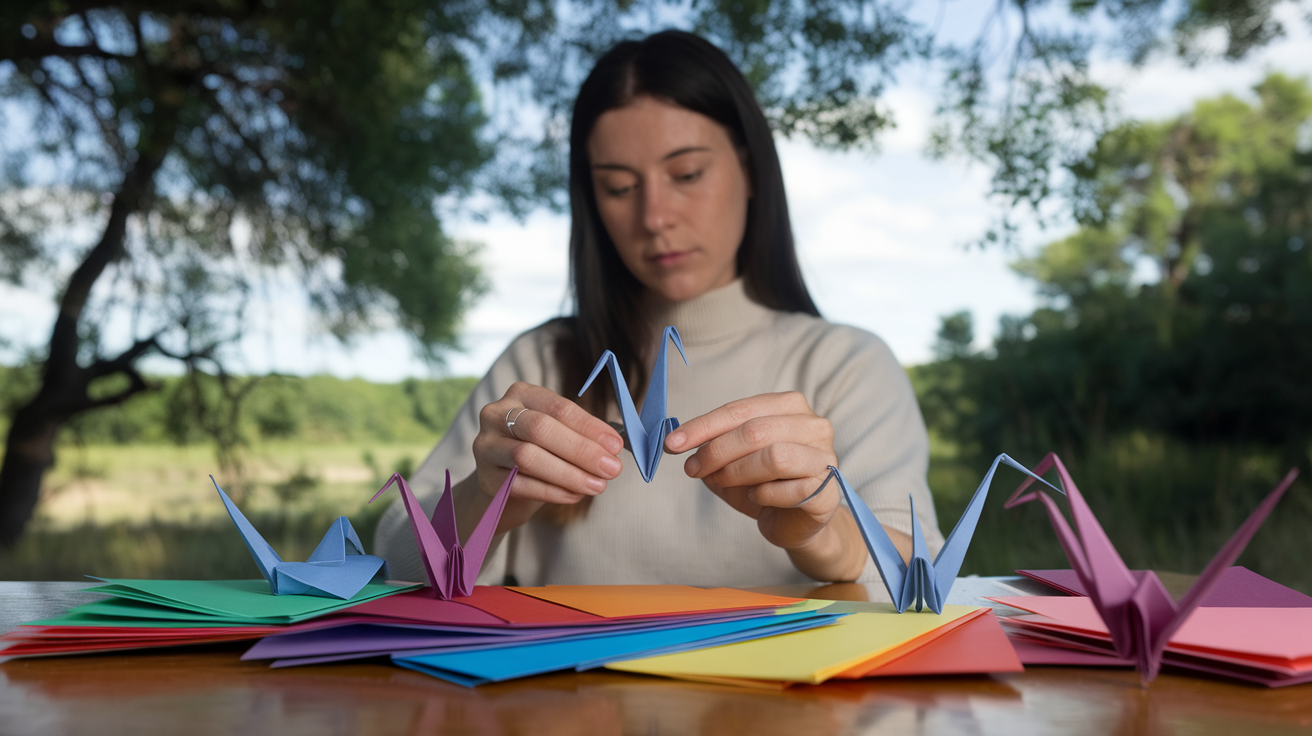
Origami is the Japanese art of paper folding to create intricate designs and shapes. It’s a meditative and creative hobby that requires focus and precision.
How to Start:
- Begin with a square piece of paper.
- Follow simple tutorials to learn basic folds like the valley fold or mountain fold.
- Start creating basic animals or objects.
Proven Approaches:
- Valley fold and mountain fold to form the foundation for various shapes.
- Reverse folds to create detailed structures and intricate designs.
29. Woodworking

Woodworking is the craft of creating functional or decorative objects from wood. It’s a hands-on, satisfying hobby that can lead to useful and gorgeous creations.
How to Start:
- Choose a small woodworking project, like a birdhouse or shelf.
- Invest in basic tools like a saw, hammer, and measuring tape.
- Learn the basics of wood types and finishes.
Proven Approaches:
- Sanding to create smooth surfaces.
- Joinery for creating strong connections between pieces of wood.
30. Leatherworking
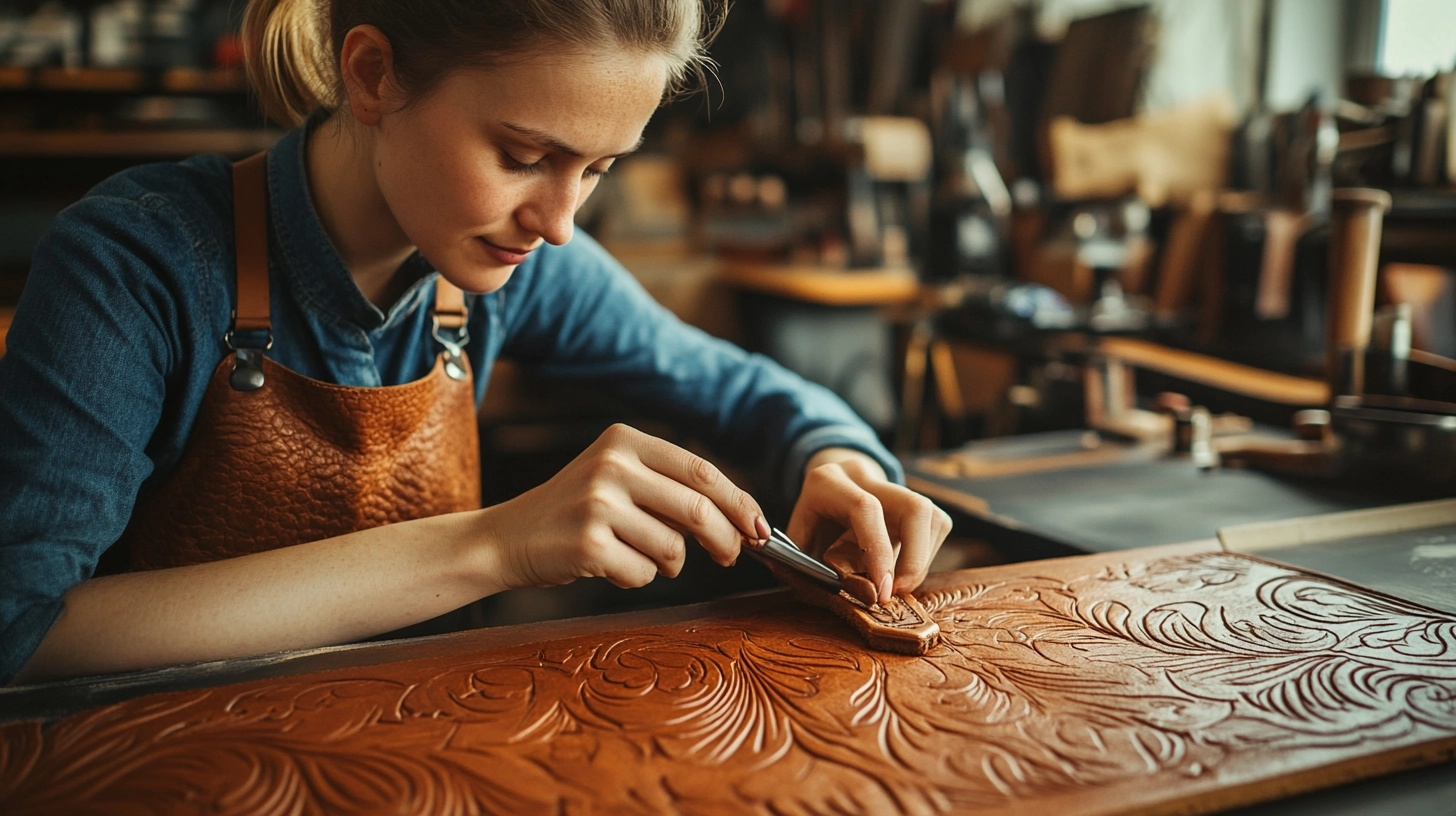
Leatherworking is the art of creating items from leather, such as wallets, belts, or bags. It combines craftsmanship with creativity and provides an opportunity to make unique, durable items.
How to Start:
- Get basic leatherworking tools (leather, needles, thread, and rivets).
- Start with simple projects like a keychain or a small pouch.
- Learn basic stitching techniques to secure leather pieces together.
Proven Approaches:
- Stitching for sewing leather together with precision.
- Burnishing to smooth and finish edges for a polished look.
31. Glassblowing
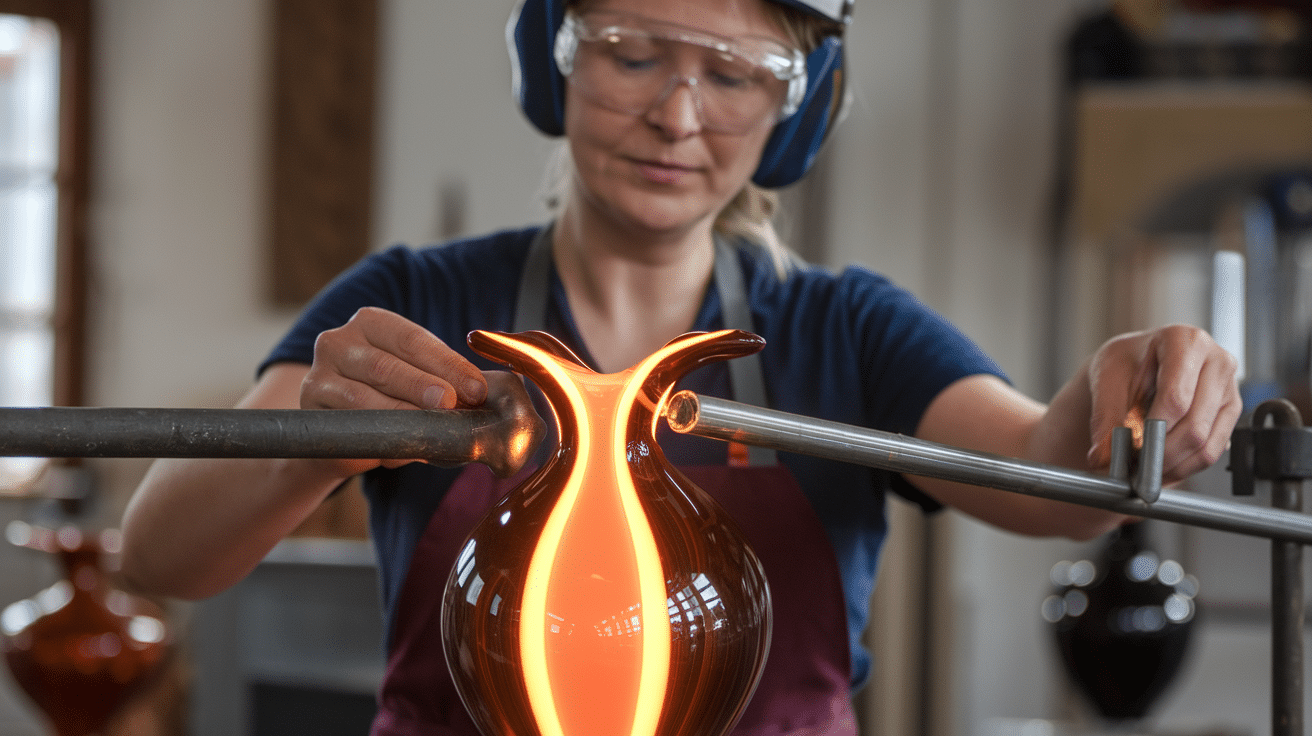
Glassblowing is a hot and intricate craft that involves shaping molten glass to create objects. It’s an interesting and creative way to work with one of nature’s most gorgeous materials.
How to Start:
- Find a local glassblowing studio or workshop to take an introductory class.
- Start with simple projects like beads or small glass ornaments.
- Learn the basic tools and safety measures used in the process.
Proven Approaches:
- Gathering to collect molten glass on the end of a blowpipe.
- Blowing and shaping to create hollow and solid objects.
32. Candle Making
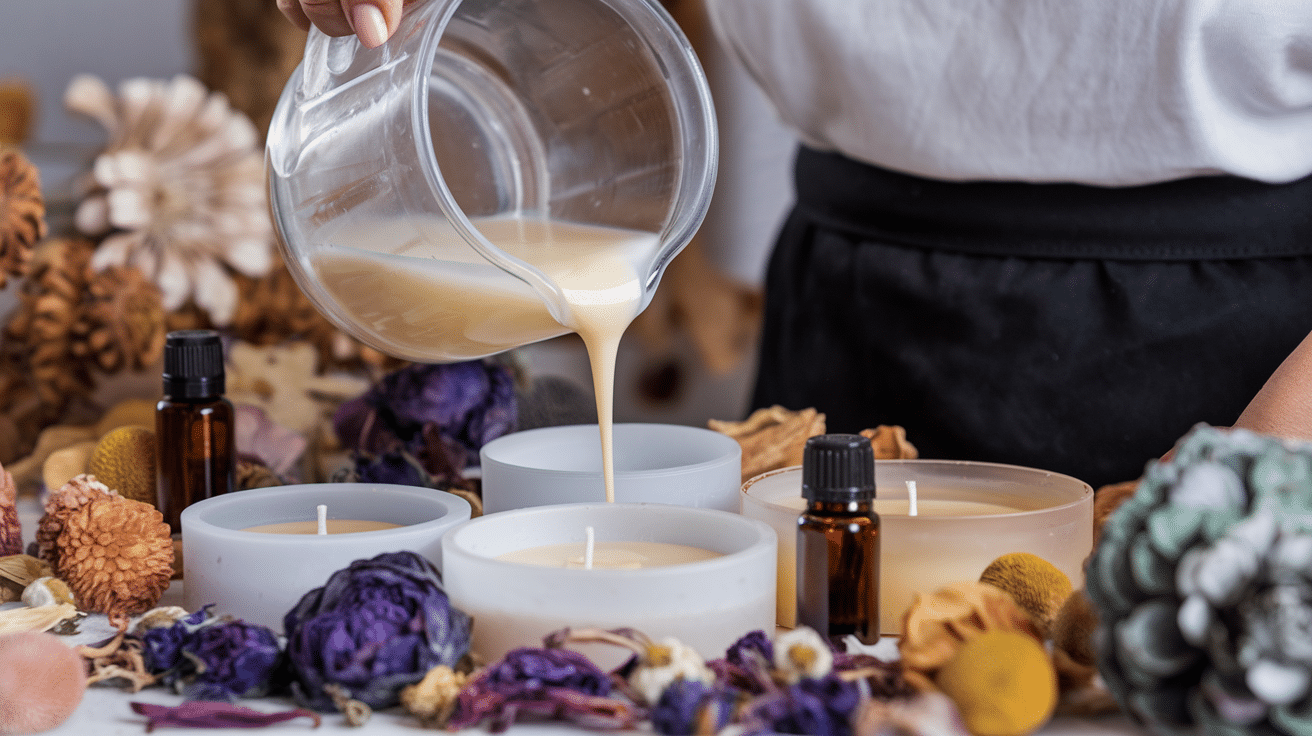
Candle making is a craft that allows you to create custom candles for decoration, gifts, or relaxation. It’s a simple yet creative hobby that adds a personal touch to your space.
How to Start:
- Purchase candle-making supplies like wax, wicks, and fragrance oils.
- Melt the wax and pour it into molds to shape your candles.
- Add dyes or scents for a personalized touch.
Proven Approaches:
- Pouring at different temperatures for smooth or textured finishes.
- Layering for creating multi-colored or scented candles.
33. Soap Making
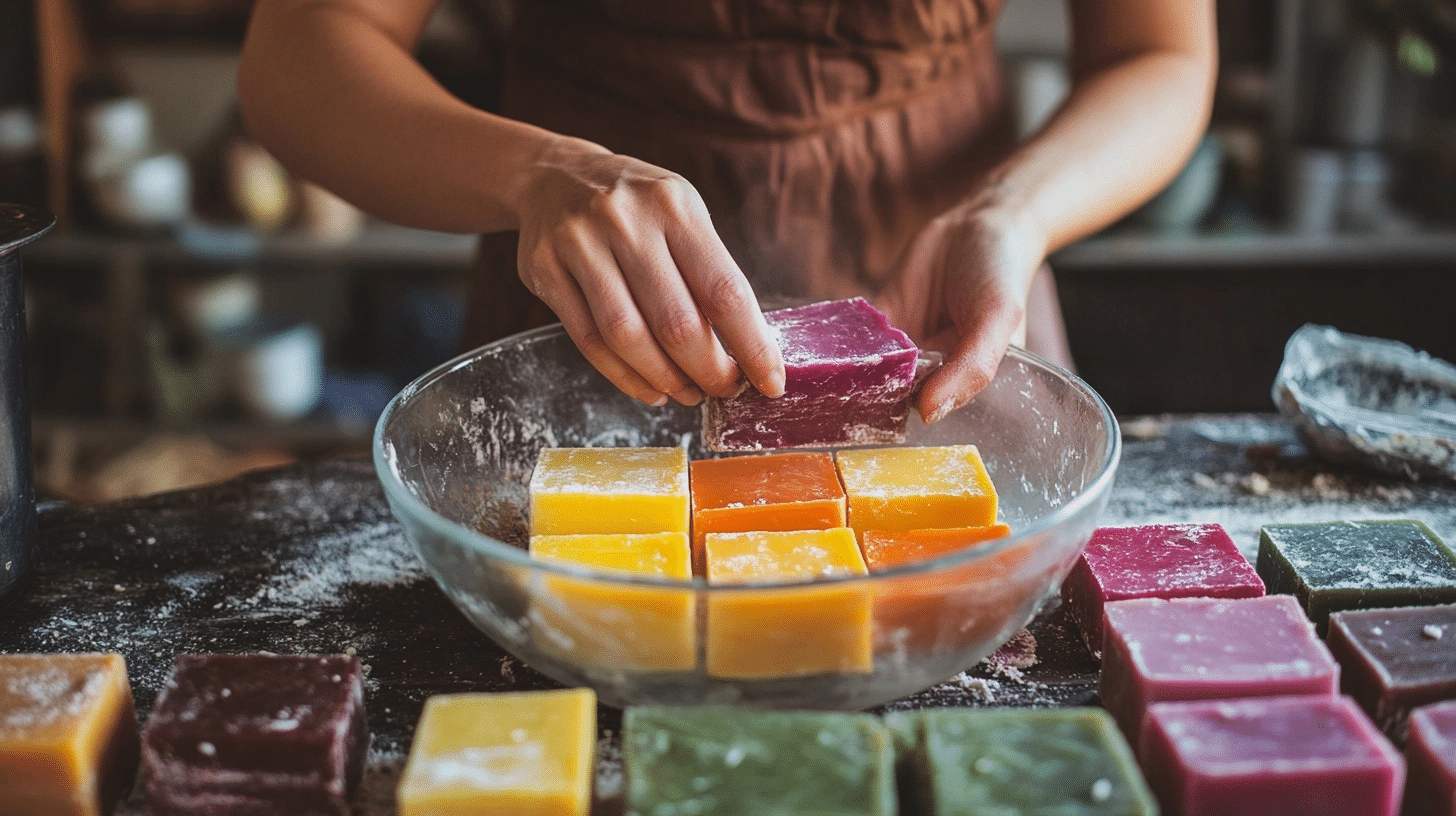
Soap making is the process of creating natural or custom soaps from scratch. It’s a craft that allows you to combine creativity with a functional outcome, making gifts or skincare products.
How to Start:
- Choose a soap-making method (melt-and-pour, cold process).
- Gather basic ingredients like oils, lye, and fragrance.
- Follow simple recipes to get comfortable with the process.
Proven Approaches:
- Melt-and-pour method for beginners for quick results.
- Swirling to create visually interesting patterns within the soap.
34. Gardening
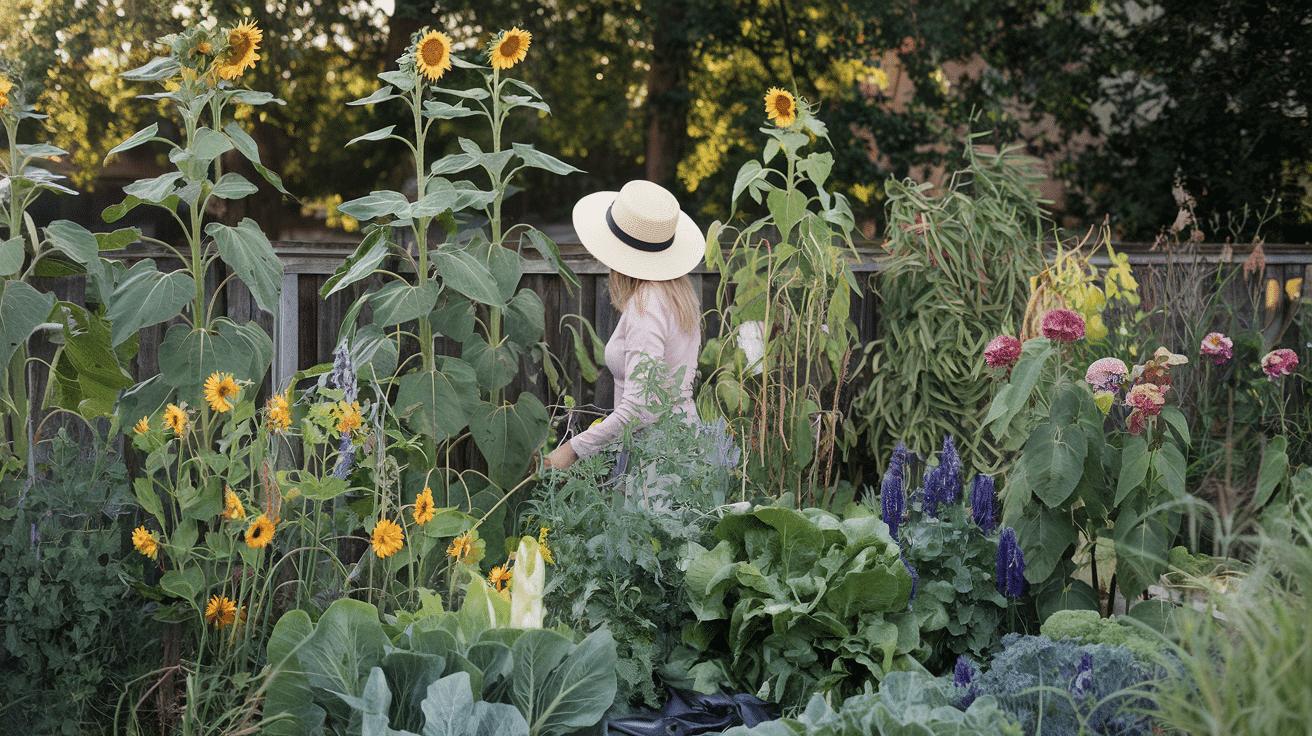
Gardening is the practice of growing plants, flowers, or vegetables for enjoyment, food, or beauty. It’s a therapeutic and rewarding hobby that connects you to nature.
How to Start:
- Choose a gardening space like a backyard or a windowsill.
- Start with easy-to-grow plants like herbs or succulents.
- Learn about your plant’s specific needs, such as sunlight and watering.
Proven Approaches:
- Companion planting to help plants grow stronger together.
- Pruning to maintain healthy plants and encourage growth.
35. Cooking/Baking Creatively
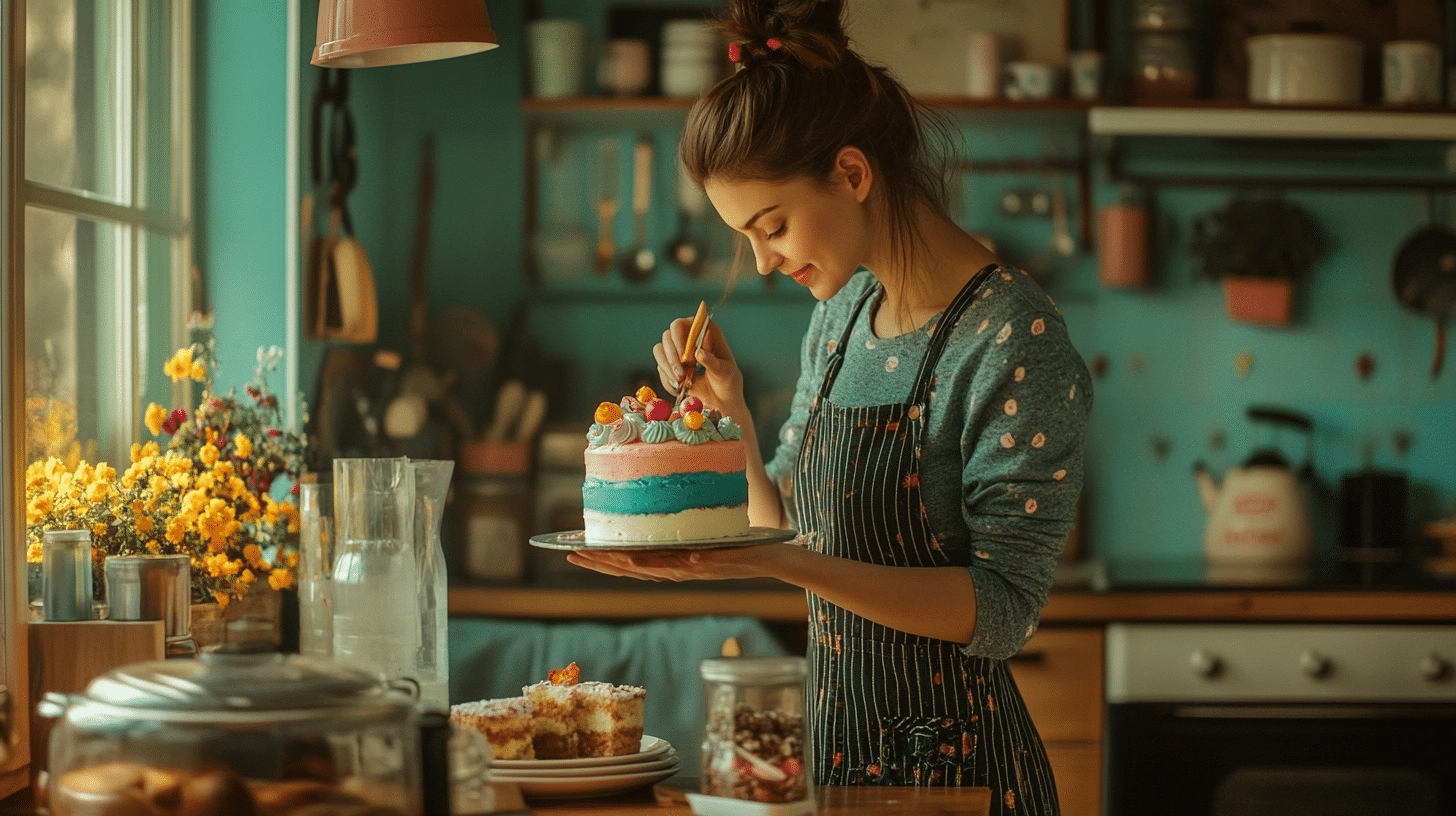
Cooking and baking creatively involve experimenting with flavors, textures, and presentations. It’s an enjoyable way to express yourself through food and share your creations with others.
How to Start:
- Choose simple recipes and try adding your twist on them.
- Experiment with new ingredients, herbs, and spices.
- Follow cooking blogs or YouTube channels for creative ideas.
Proven Approaches:
- Plating for an appealing, pleasing presentation.
- Flavor balancing to combine sweet, sour, salty, and bitter tastes.
36. DIY Crafts
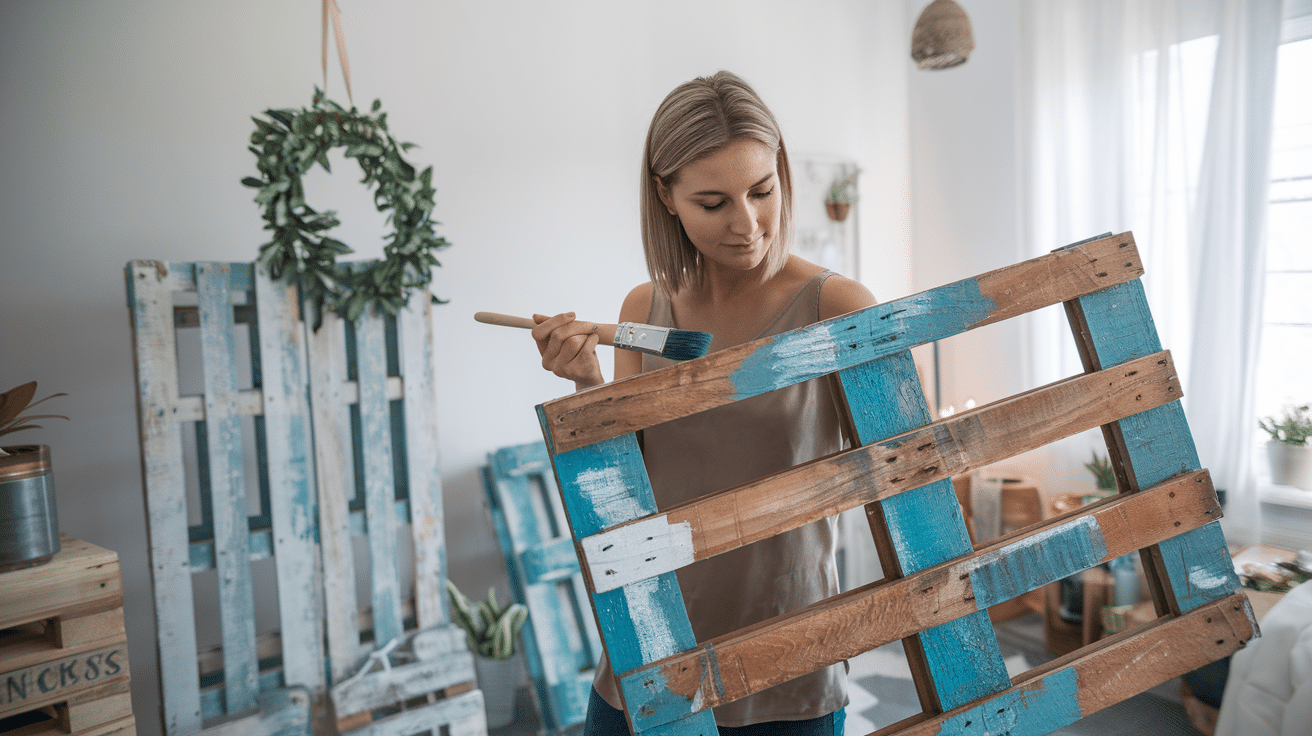
DIY crafts allow you to make your own décor, gifts, and everyday items, often from inexpensive or upcycled materials. It’s a fun and creative way to add a personal touch to your surroundings.
How to Start:
- Gather basic supplies like glue, scissors, and fabric.
- Start with simple projects like a photo frame or homemade candles.
- Follow tutorials or create your own custom designs.
Proven Approaches:
- Upcycling old items into something new and creative.
- Layering materials for texture and visual interest.
37. Beadwork
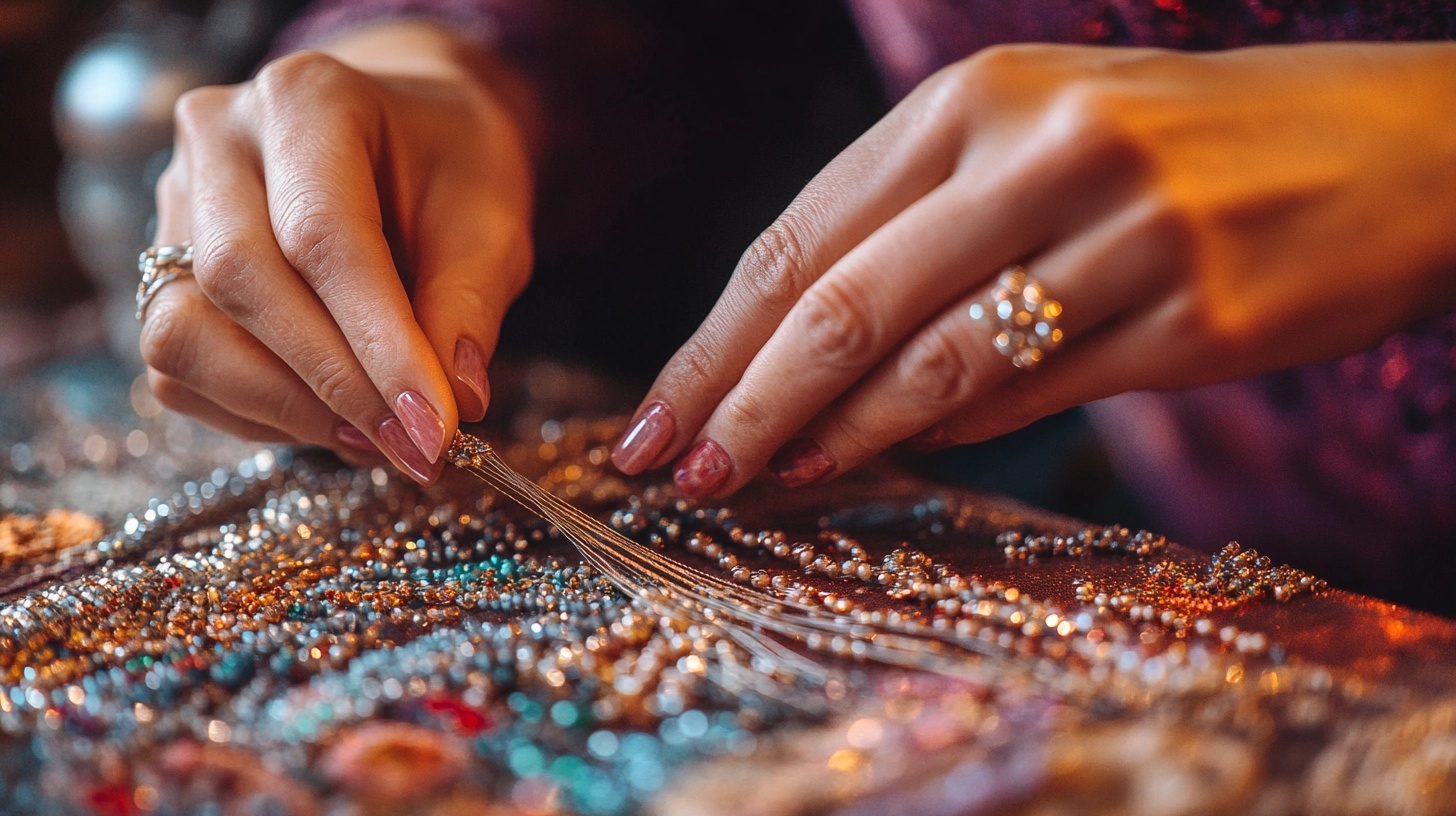
Beadwork is the art of creating intricate designs using beads and thread. It’s a fragile and rewarding craft, often used for jewelry, clothing, or décor.
How to Start:
- Purchase beads, needles, and thread.
- Start with simple projects like a bracelet or keychain.
- Learn basic stitches like peyote stitch or brick stitch.
Proven Approaches:
- Stitching beads together to form patterns and designs.
- Bead weaving to create intricate textures and shapes.
38. Quilting
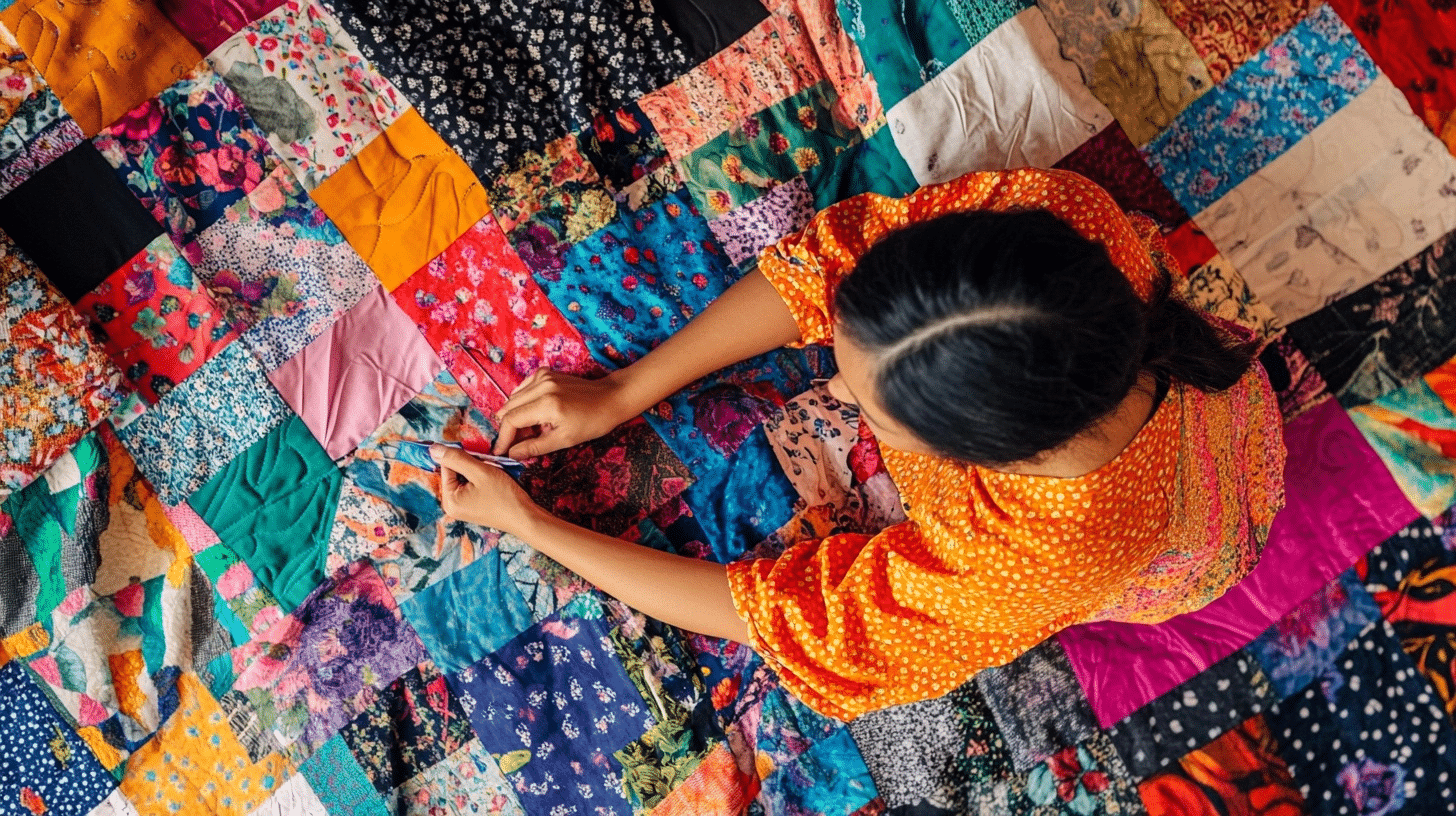
Quilting is a craft that involves stitching together layers of fabric to create decorative patterns or functional pieces like blankets. It’s a time-consuming but fulfilling hobby.
How to Start:
- Choose fabric that you love and a basic quilting pattern.
- Cut fabric pieces to size and start sewing them together.
- Learn how to use a quilting ruler and sewing machine.
Proven Approaches:
- Piecing to sew fabric patches together for intricate designs.
- Quilt sandwiching to layer fabric, batting, and backing before stitching.
39. Upcycling Old Furniture
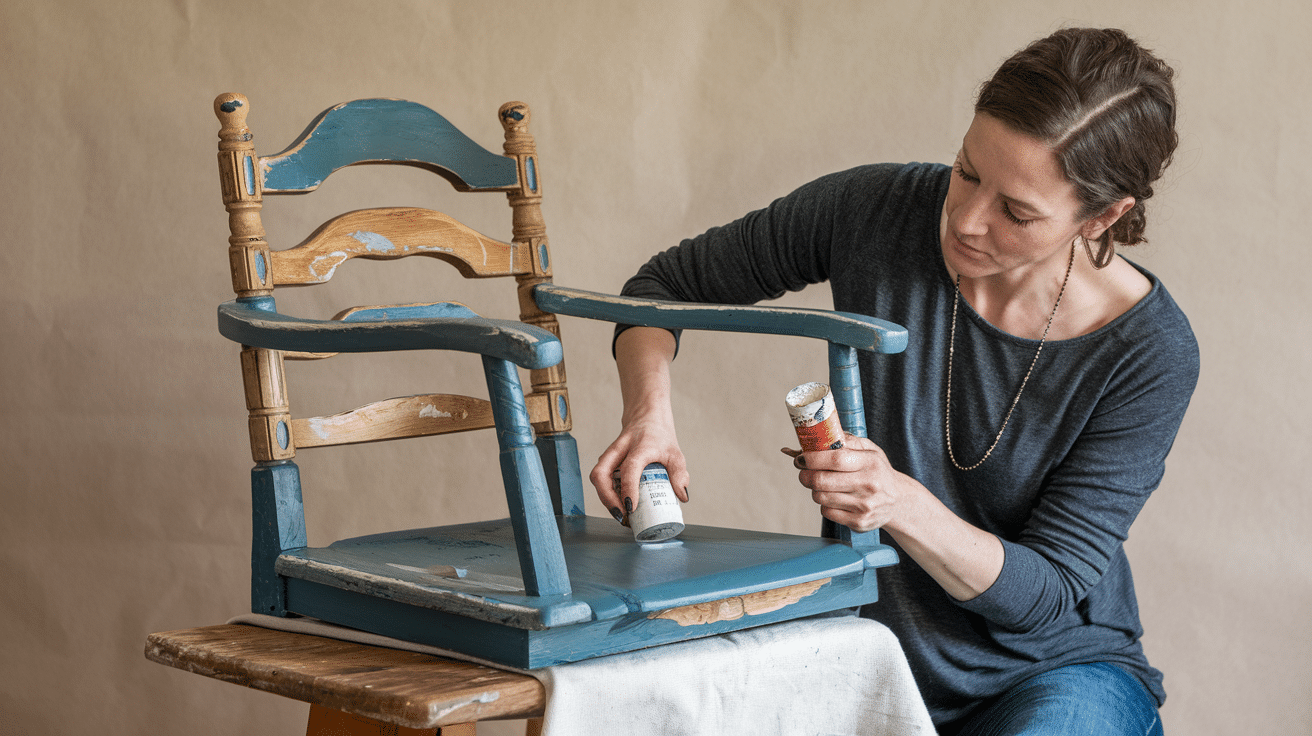
Upcycling old furniture is a creative way to refresh and repurpose items you already own. It’s a great way to add unique pieces to your home while being environmentally friendly.
How to Start:
- Look for old or discarded furniture that can be changeed.
- Gather supplies like sandpaper, paint, or fabric for upholstery.
- Start with small furniture like chairs or tables.
Proven Approaches:
- Sanding to smooth surfaces and remove old finishes.
- Painting to give new life to old furniture with fresh colors.
40. Making Jewelry
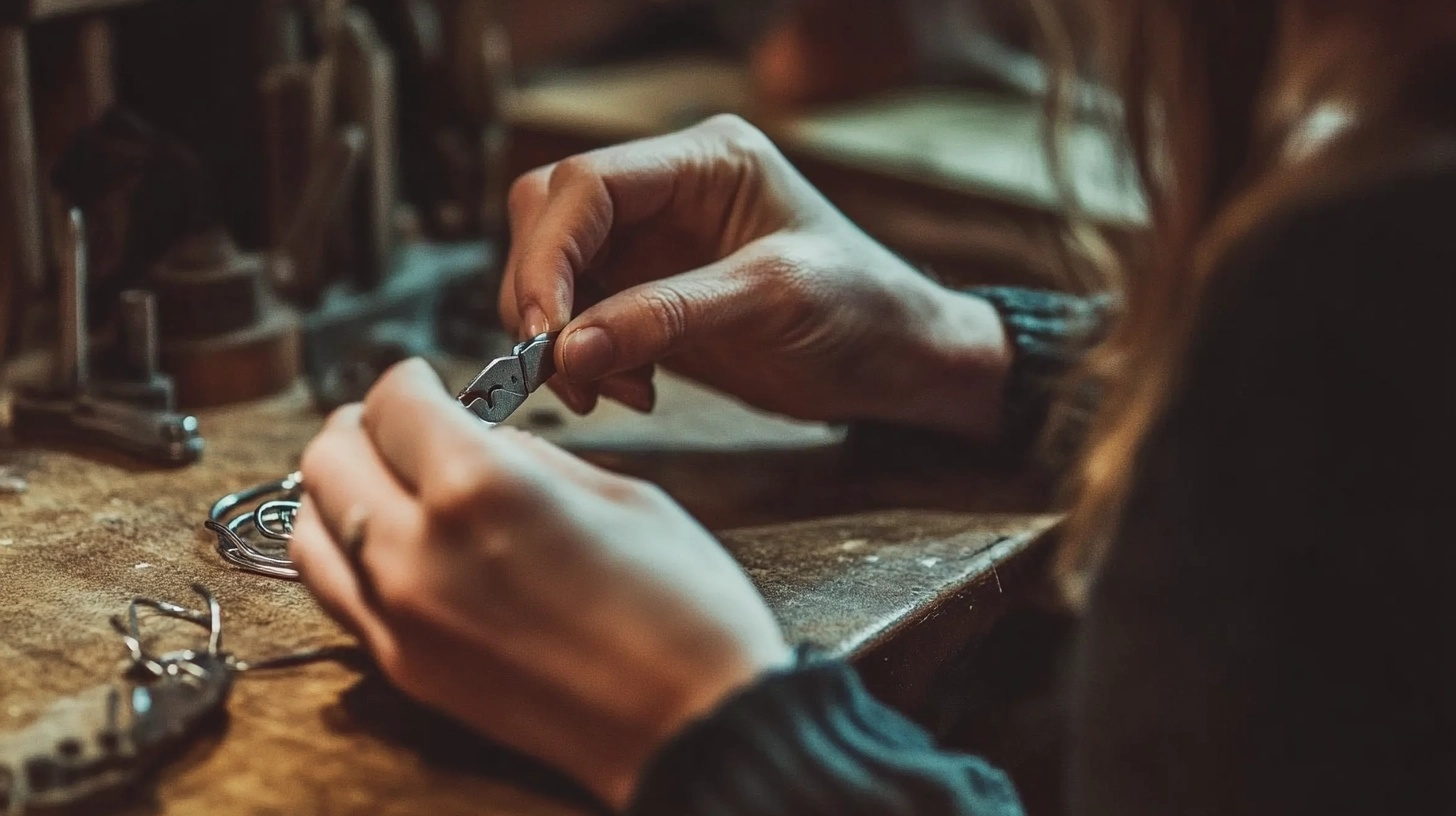
Making jewelry is a fun and creative hobby that allows you to design your own pieces, Even if you’re making earrings, necklaces, or bracelets. It’s a great way to express your personal style.
How to Start:
- Choose beads, wire, and tools like pliers and crimp beads.
- Start with simple projects like bracelets or earrings.
- Follow tutorials or create your own designs.
Proven Approaches:
- Wire wrapping to create unique and custom designs.
- Bead stringing to create gorgeous, symmetrical pieces.
41. Floral Arrangements
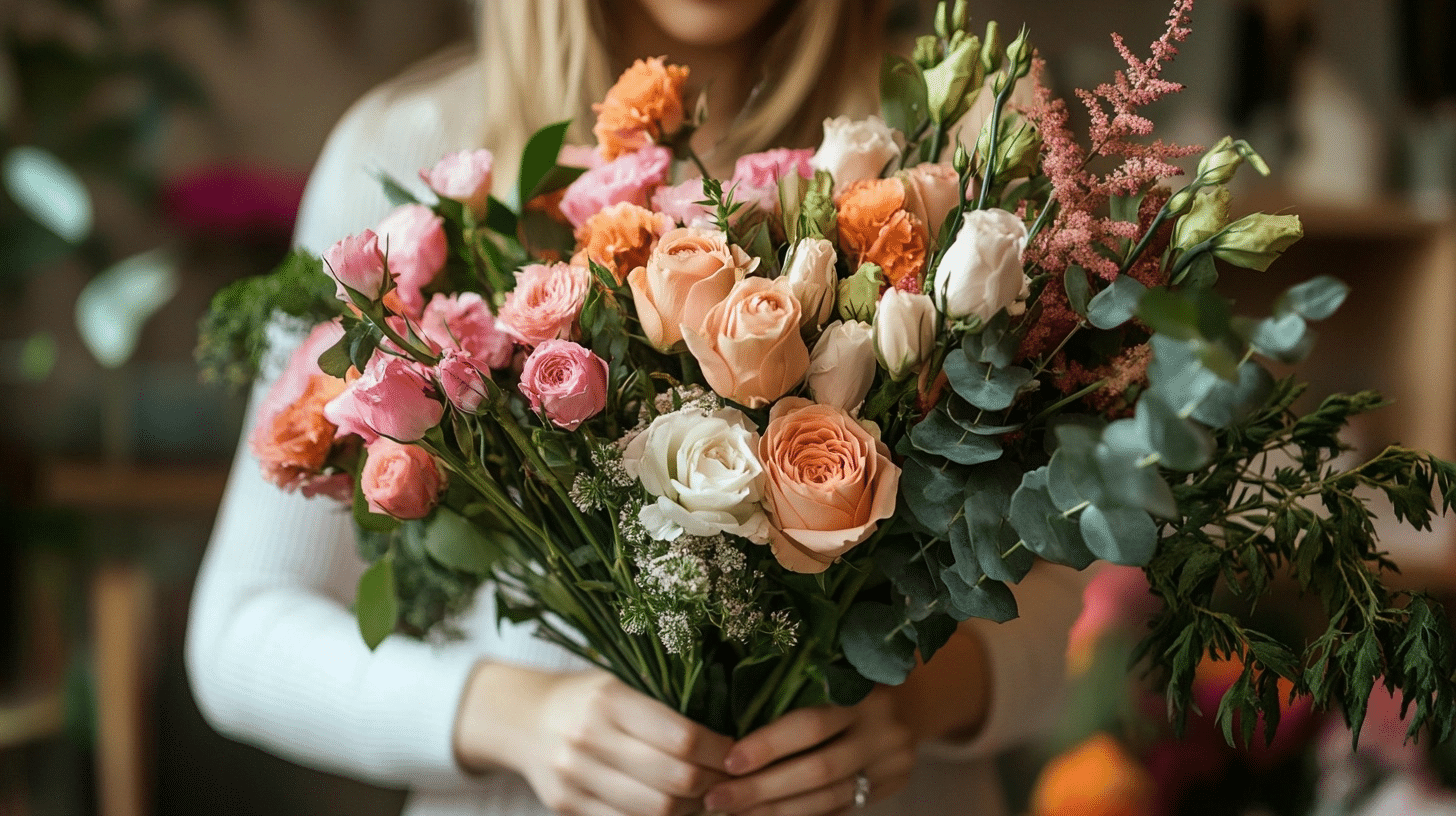
Floral arrangement is the art of arranging flowers in a pleasing and appealing balanced way. It’s a wonderful creative hobby that allows you to express yourself while adding beauty and life to any space.
How to Start:
- Choose fresh flowers and a suitable vase or container.
- Learn basic floral design principles, such as balance and symmetry.
- Start with simple arrangements like a single flower or a small bouquet.
Proven Approaches:
- Layering to create depth and texture with flowers of varying heights.
- Conditioning flowers (trimming stems, hydrating) to ensure longevity and vibrancy.
Creative Hobbies for Women of All Ages
42. Designing Clothing
43. Pottery Painting
44. Upcycled Fashion Design
45. Playing Board Games
46. Playing Video Games
47. Snowshoeing
48. Writing Plays
49. Creating Your Own Comic Strips
50. Urban Sketching
51. Learning a New Language
52. Building Models (e.g., Cars, Planes)
53. DIY Home Decor Projects
54. Hosting Dinner Parties
55. Event Planning
56. Folk Art Painting
57. Makeup Artistry
58. DIY Paper Crafts
59. Making Music Beats
60. Tattoo Art
61. Creating 3D Art
62. Writing a Memoir
63. Learning Sign Language
64. Playing Improv Theater Games
65. Playing Miniature Golf
66. Creating a Photo Journal
67. Crafting DIY Bath Bombs
68. Upcycling Old Clothes
69. Making Mosaics
70. Foraging for Wild Edibles
71. Learning Magic Tricks
72. Journaling in an Art Book
73. Building a Tiny Home
74. Writing Letters to Yourself
75. Comic Book Illustration
76. Hosting a Book Club
77. Organizing Charity Events
78. Creating Vision Boards
79. Building Terrariums
80. Collecting and Curating Collections (e.g., Postcards, Stamps)
81. Pin-Up Art
82. Geocaching
83. Basket Weaving
84. Playing the Ukulele
85. Potpourri Making
86. Mural Painting
87. Body Painting
88. Nail Art Design
89. Macramé
90. Paper Mâché Sculpting
91. Horseback Riding
92. Archery
93. Beekeeping
94. Fermenting Foods
95. Flower Pressing
96. Wine Tasting
97. Soap Flower Arrangement
98. Antique Collecting
99. Indoor Rock Climbing
100. Collecting Crystals
101. Stargazing and Astronomy
102. Bird Watching
103. DIY Lip Balm Making
104. Ceramic Tile Painting
105. Making Essential Oils
106. Indoor Bonsai Tree Care
107. Building Model Trains
108. Vintage Book Collecting
109. Ceramic Sculpture
110. Therapeutic Aromatherapy
111. Pilates or Yoga Practice
112. DIY Dream Catcher Making
113. Cooking International Dishes
114. DIY Natural Beauty Products
115. Personalized Gift Wrapping
116. Astrology Chart Reading
117. Wood Burning
118. Foraging for Mushrooms
119. Diy Concrete Planters
120. Creating Custom T-Shirts
121. Cycling
122. Henna Art
123. SurfIng
124. Photography Editing
125. Diy Resin Art
126. Making Personalized Stationery
127. Flower Growing
128. Making Scented Sachets
129. Interior Decorating
130. Handcrafting Perfume Blends
131. Diy Terrarium Building
132. DIY Kokedama (Japanese Moss Ball)
133. Car Detailing
134. Watercolor Calligraphy
135. Diy Journaling Stickers
136. Playing Sudoku
137. Customizing Phone Cases
138. Wreath Making
139. Making Wind Chimes
140. Customizing Sneakers
141. Puzzles and Brain Teasers
142. Hosting Themed Parties
143. Knife Making
144. Lattice Weaving
145. Collecting Vintage Jewelry
146. Creating Embellished Frames
147. Dog Training
148. KickBoxing
149. Bungee Jumping
150. SCuba diving
151. Watching Television Series
152. Interior Design
153. Martial arts
154. Playing Tennis
155. Parasailing
The Bottom Line
Hobbies play a key role in creating balance. They offer women a chance to step away from daily tasks and focus on something purely for fun.
Remember that the best hobby is one that feels right for you.
It should fit your schedule, match your interests, and bring you joy. You might need to try several before finding your perfect match.
The ideas shared here are just the beginning. Each woman’s path to finding her ideal pastime is unique, and the list of hobbies for women provides inspiration for that experience. What matters most is taking that first step.
For more ideas, check out our blogs on List of 30 hobbies in English andHobbies for busy parents. These resources can help you continue your search for activities that add value to your life.

